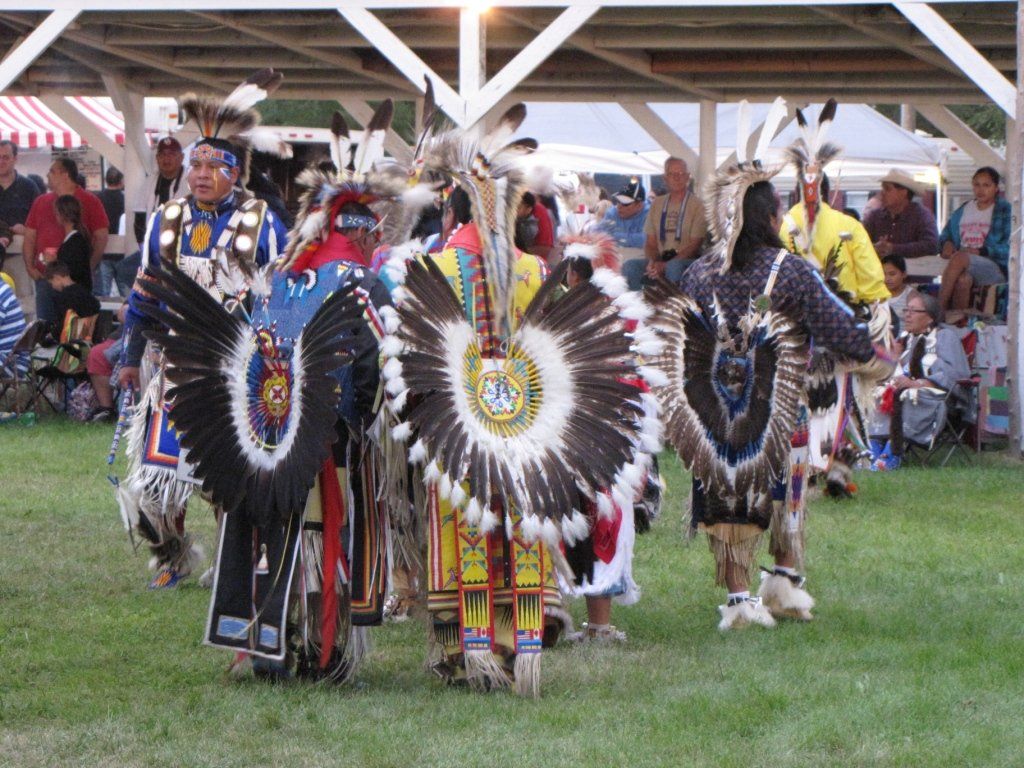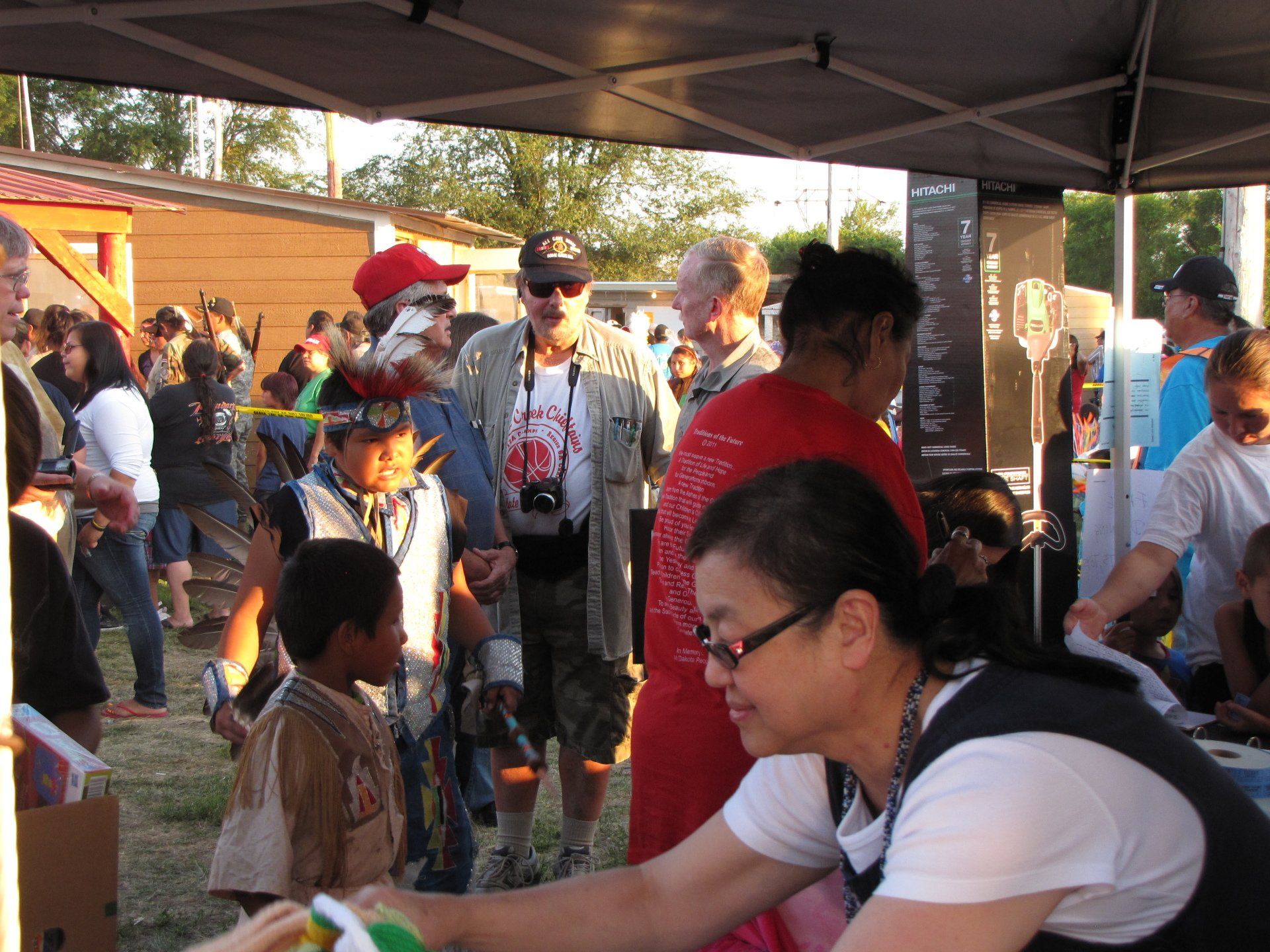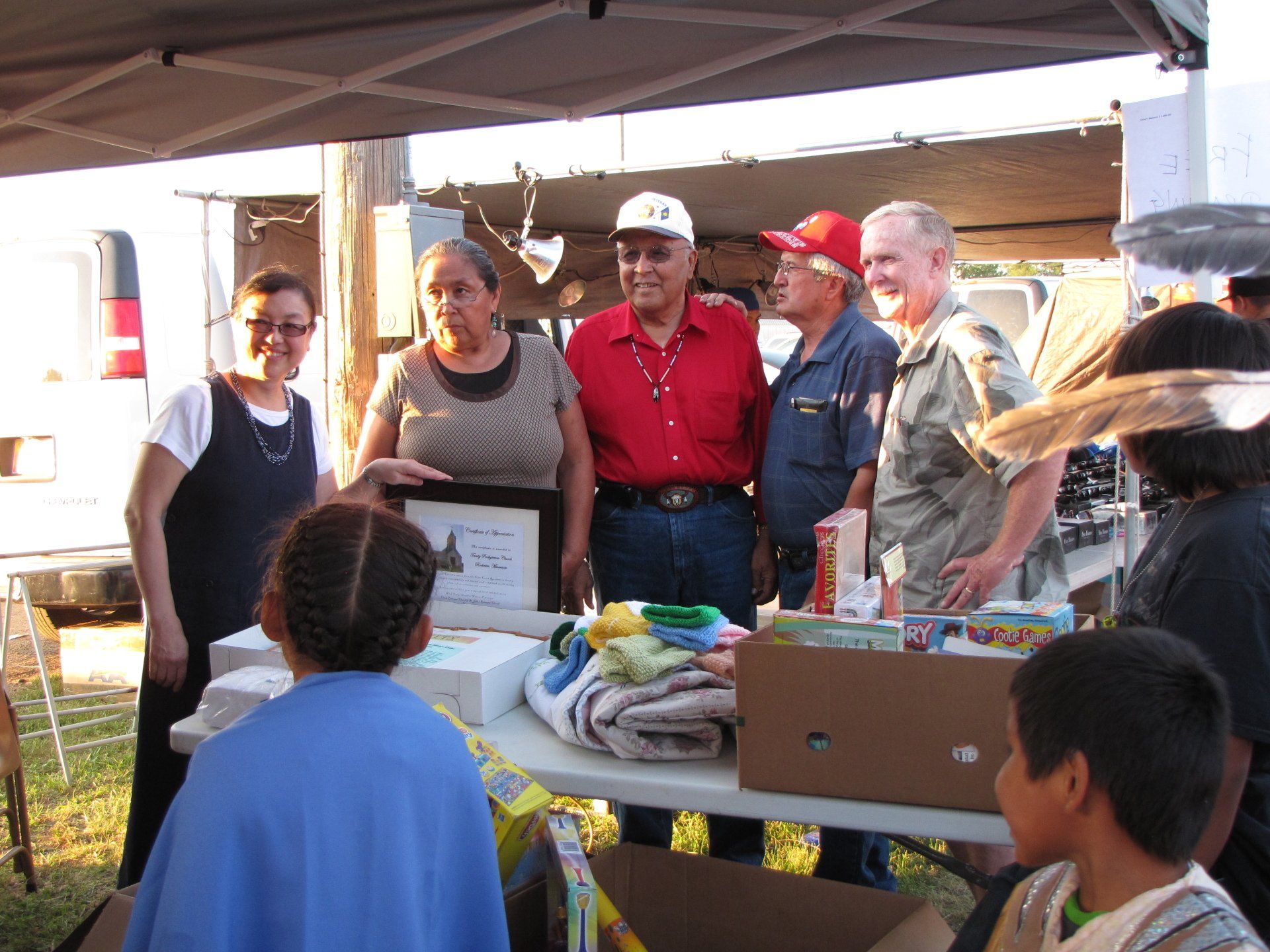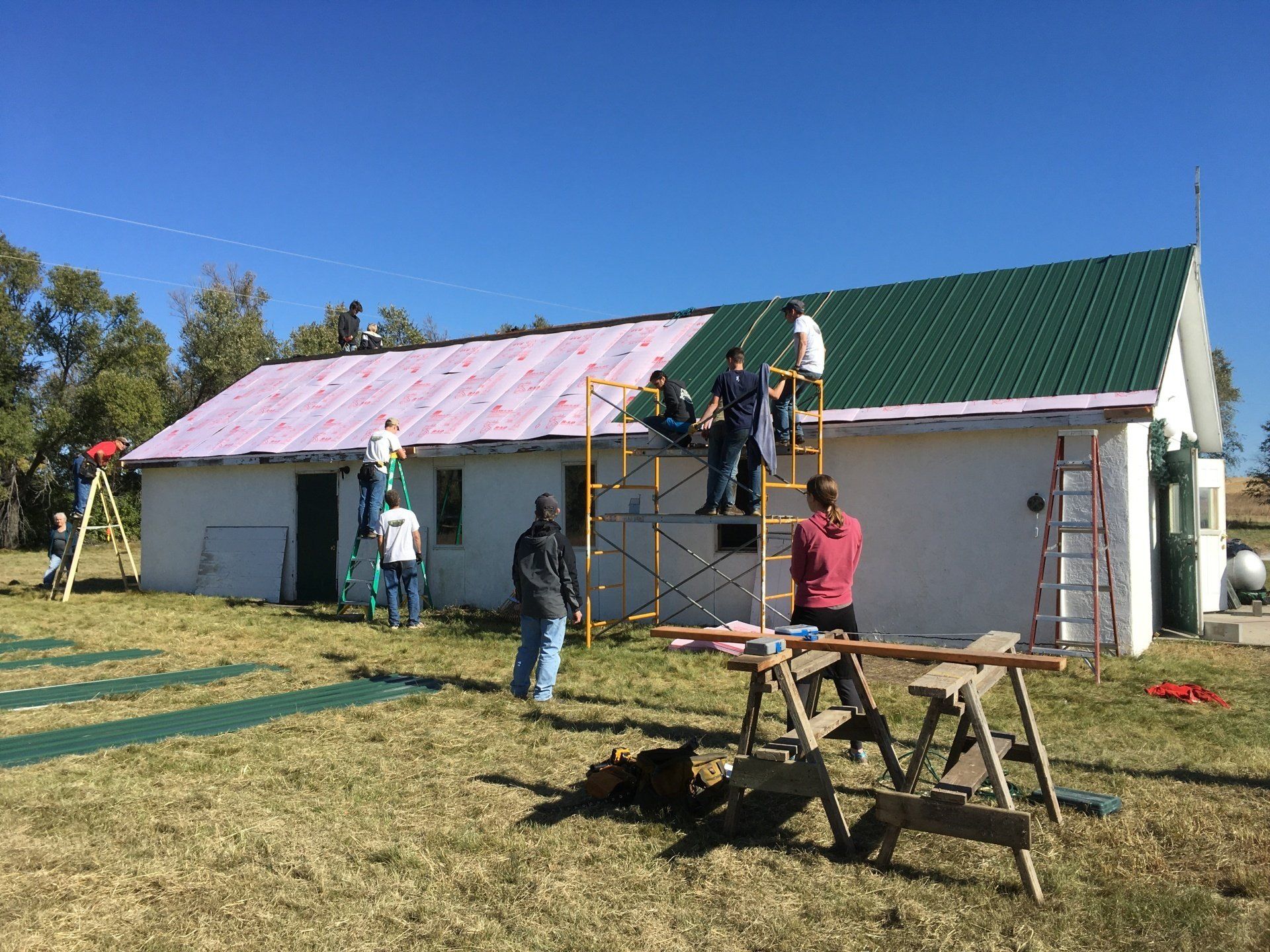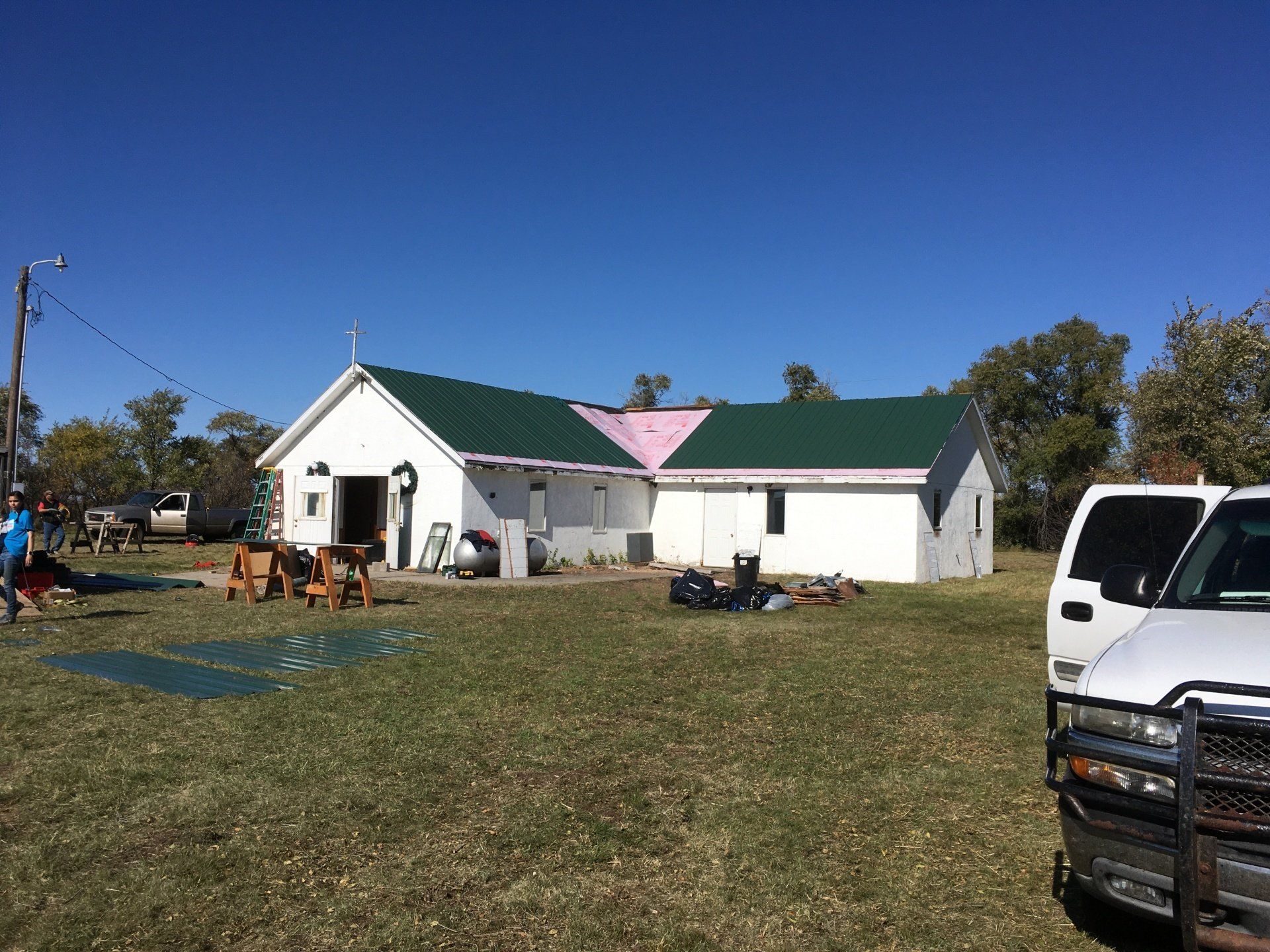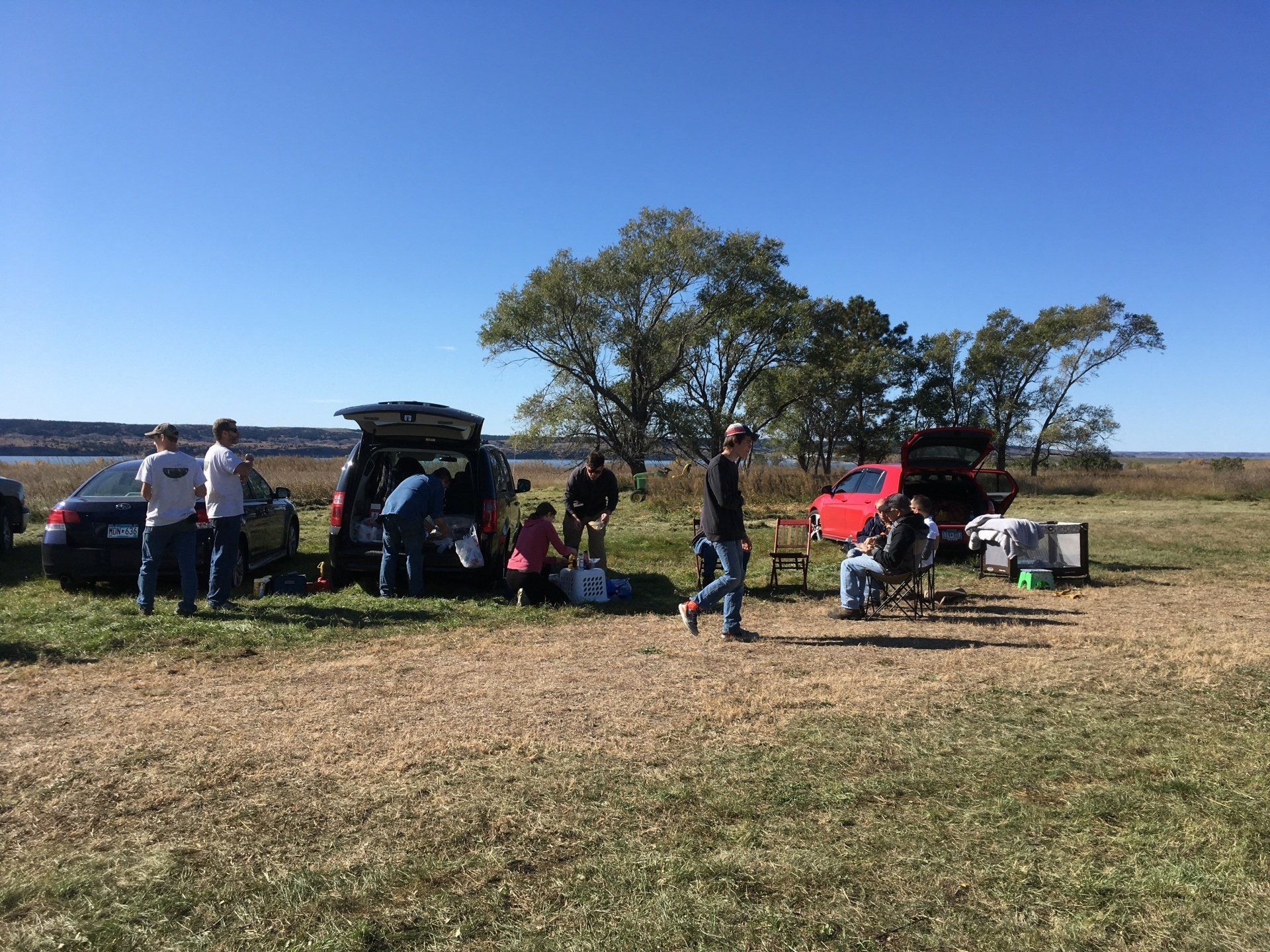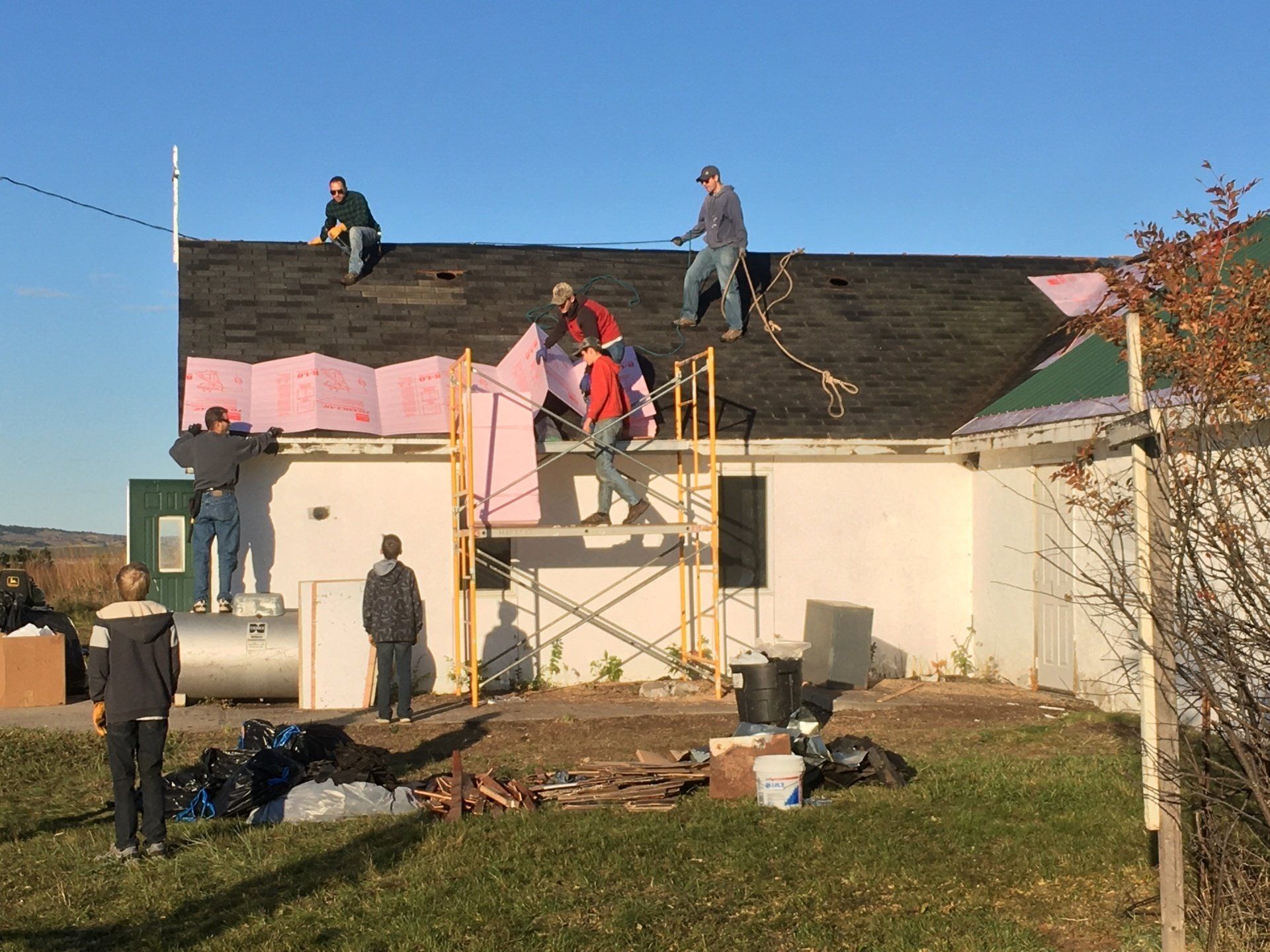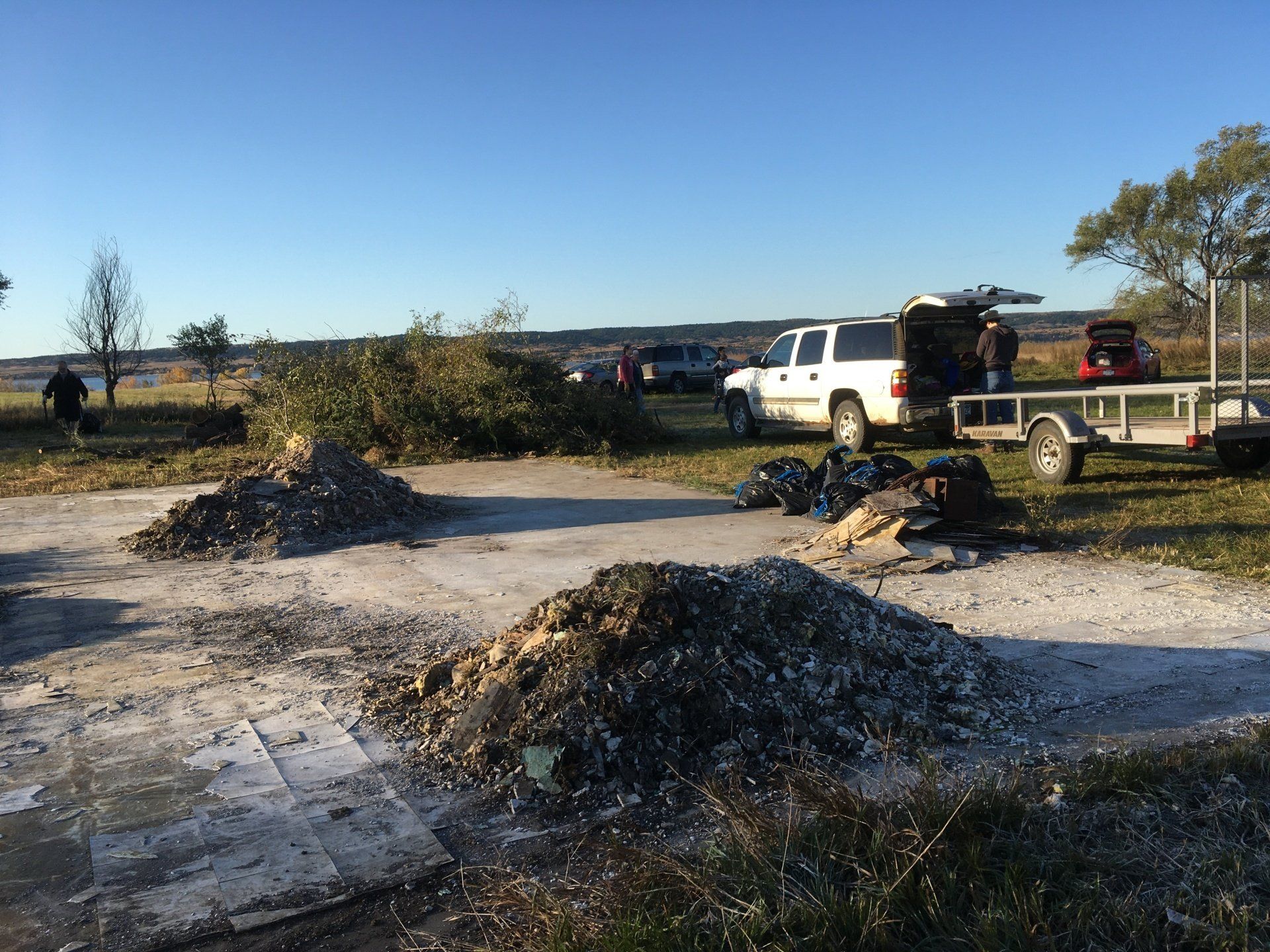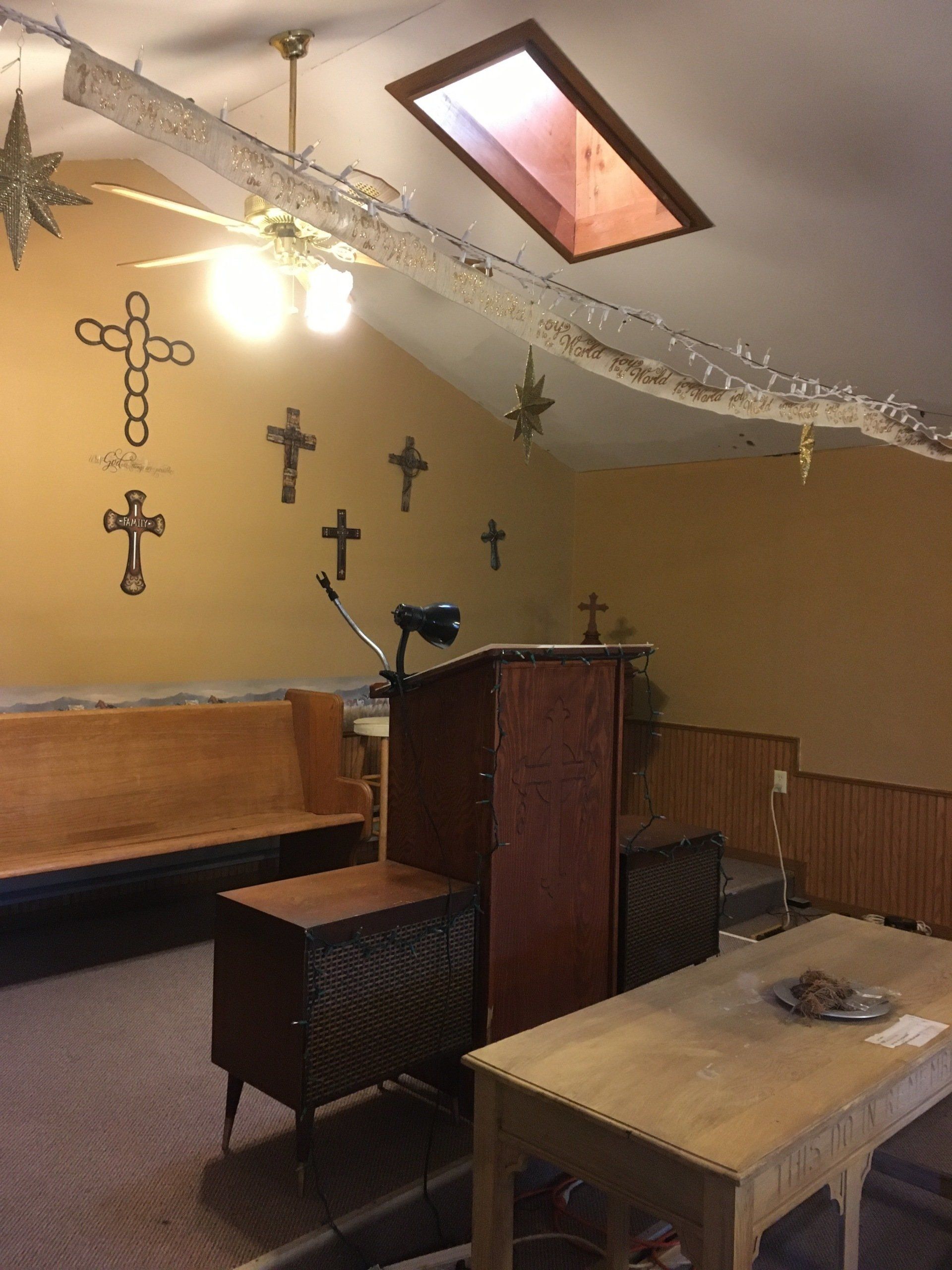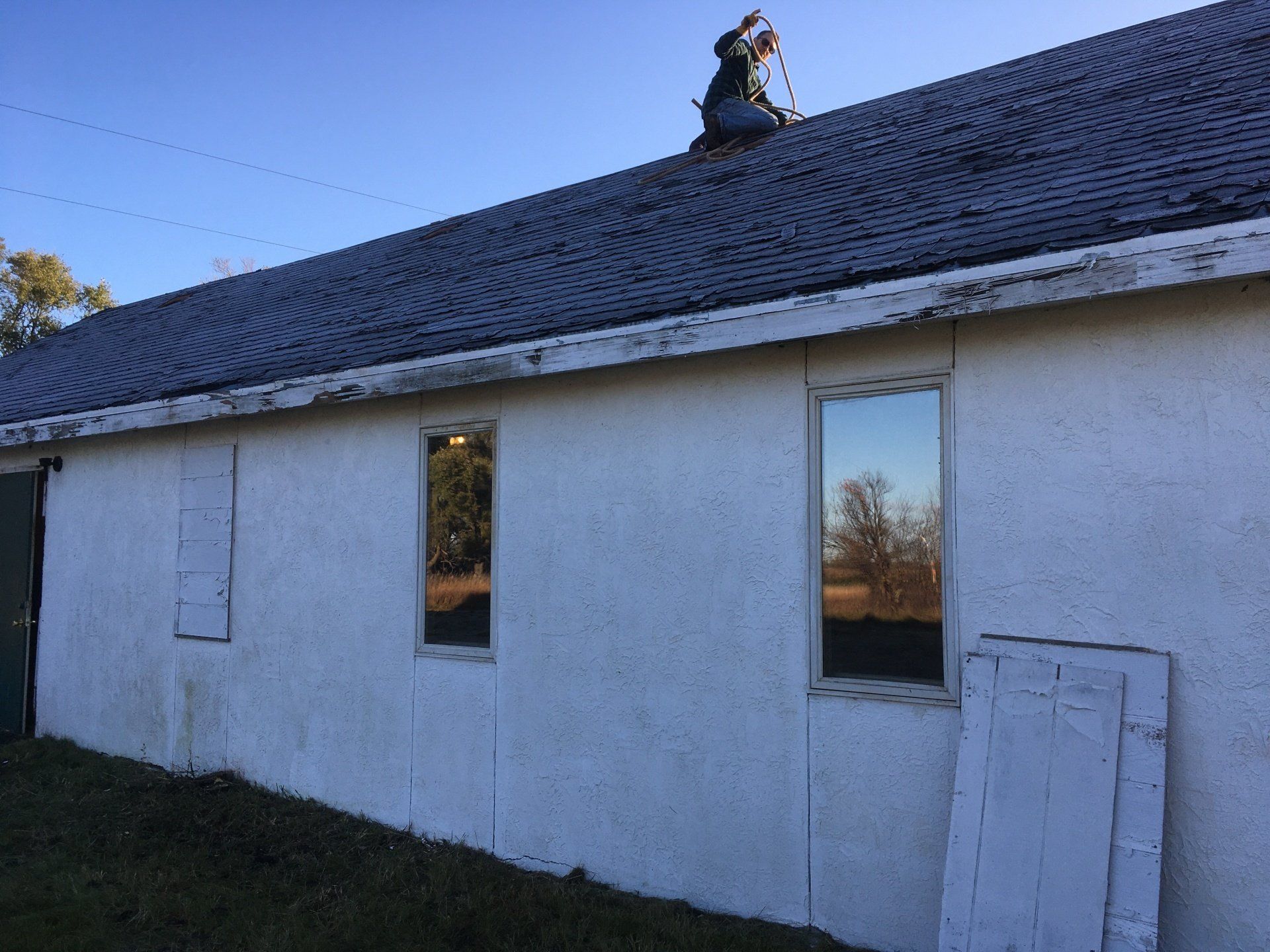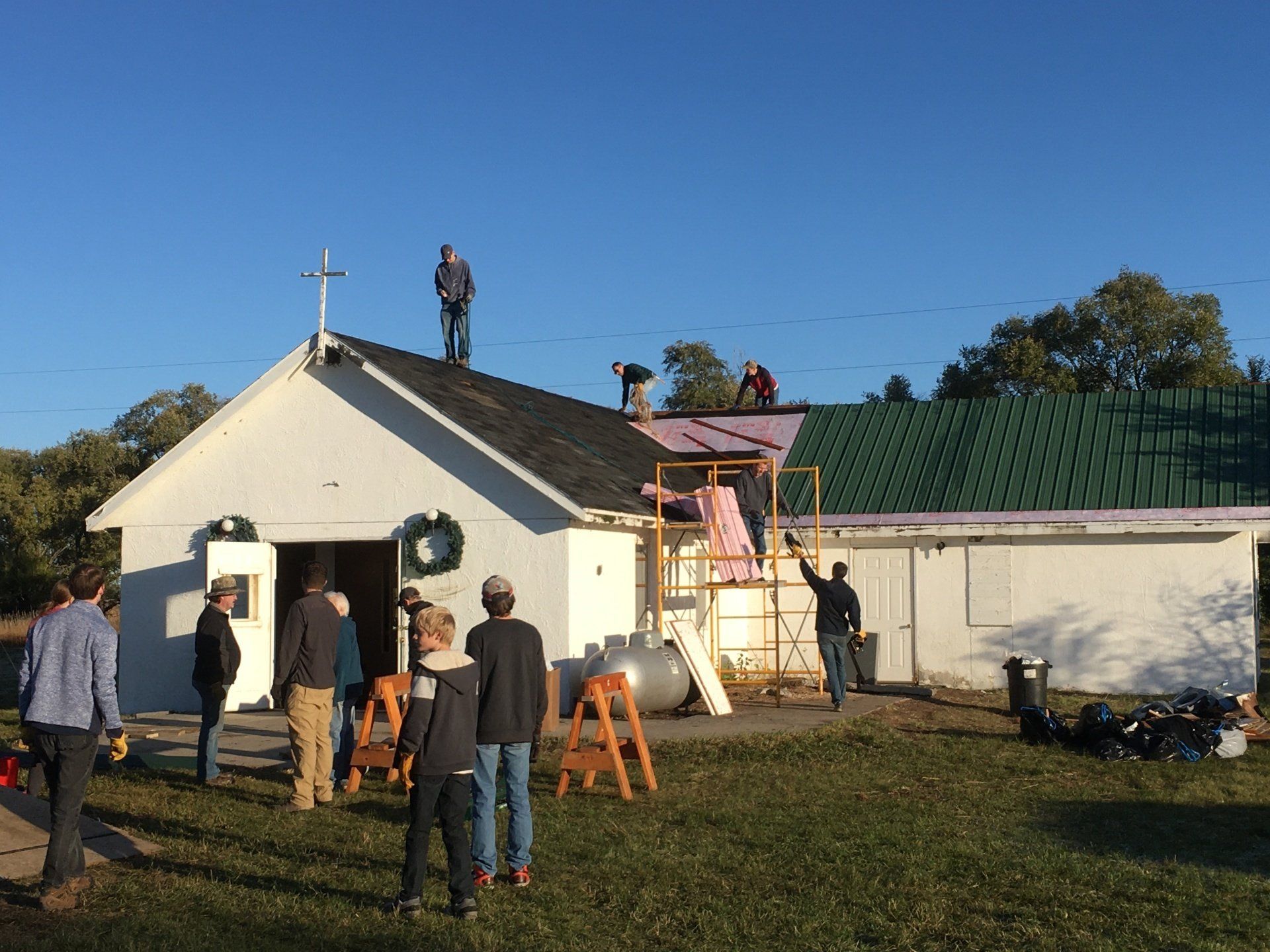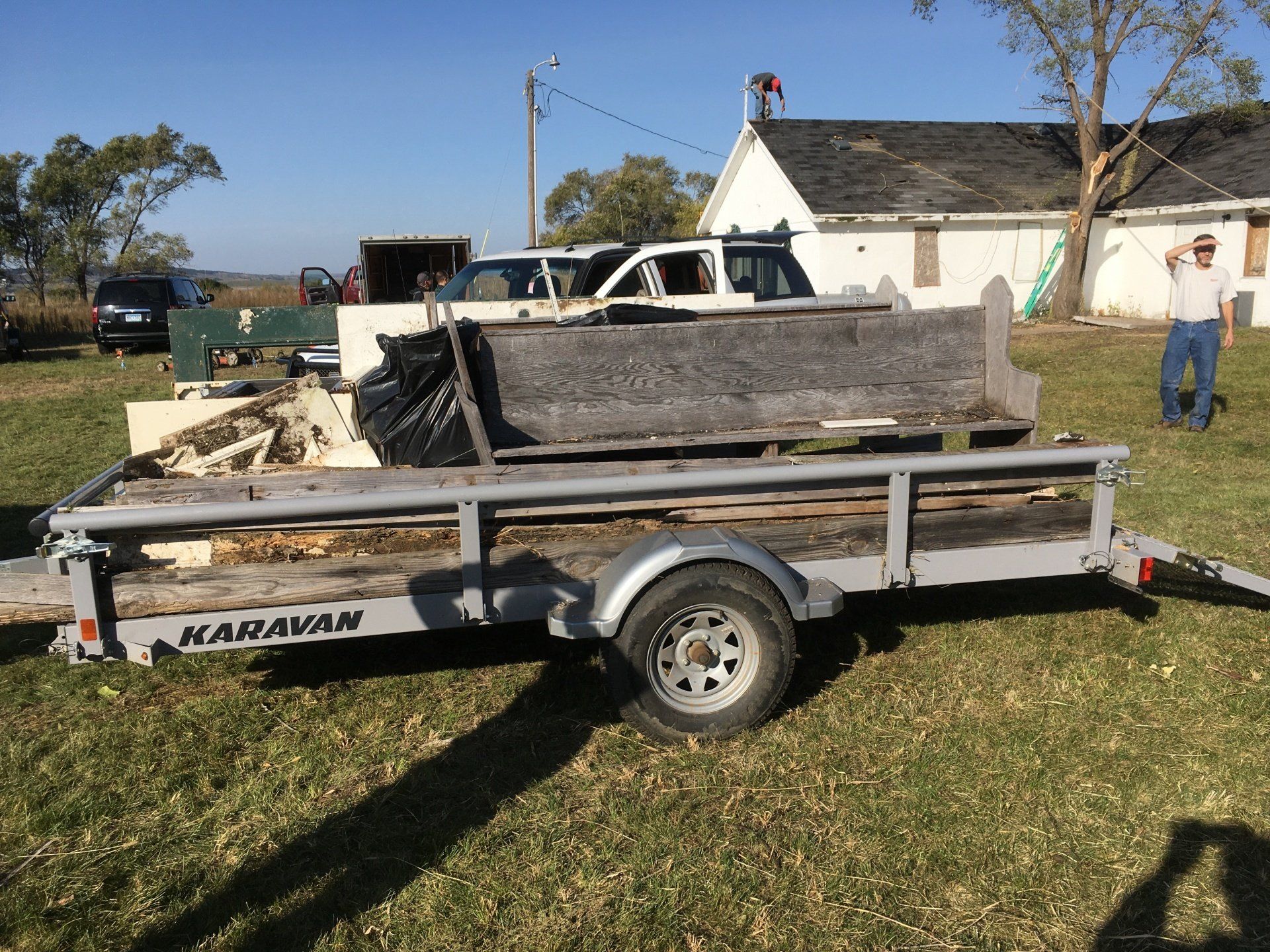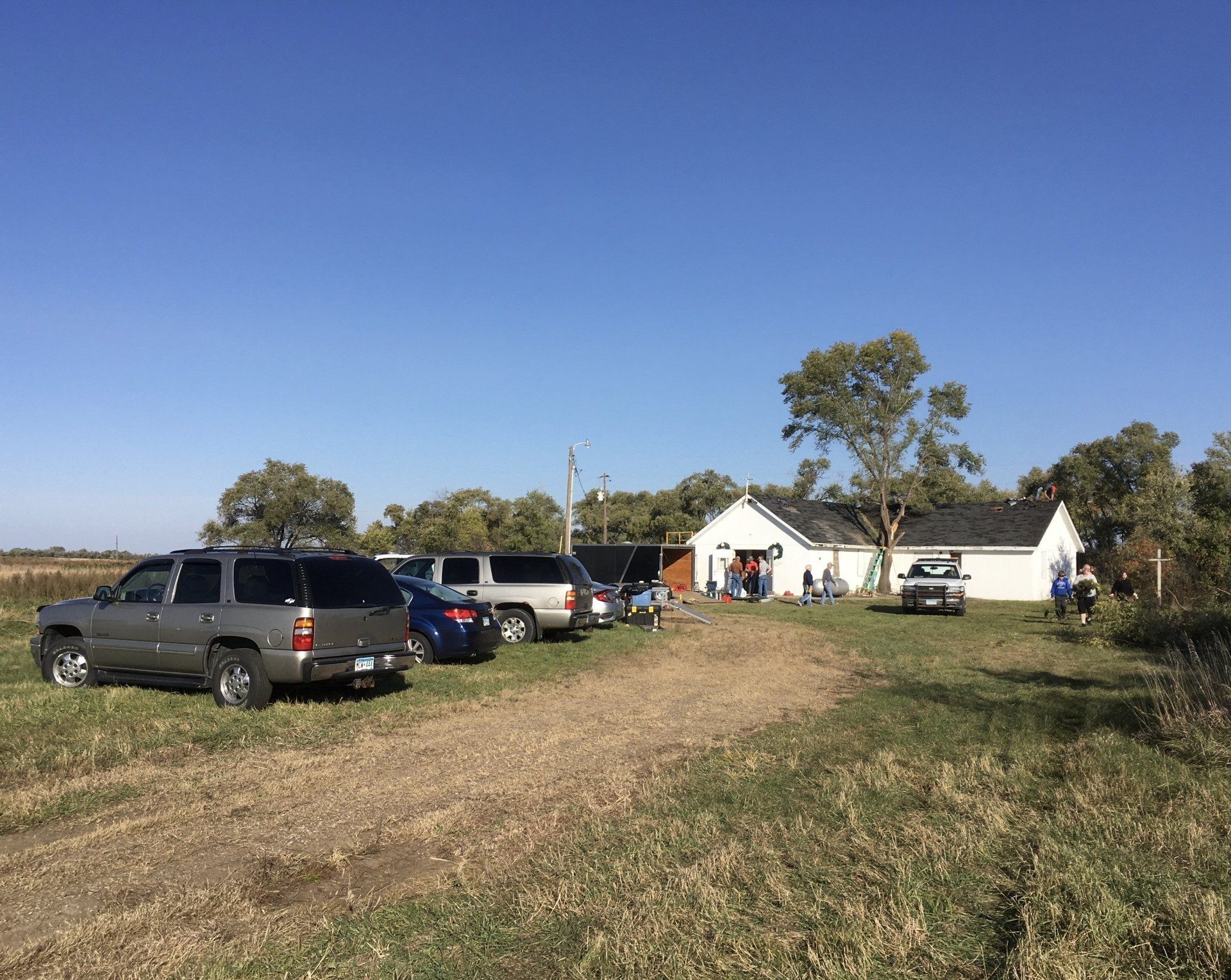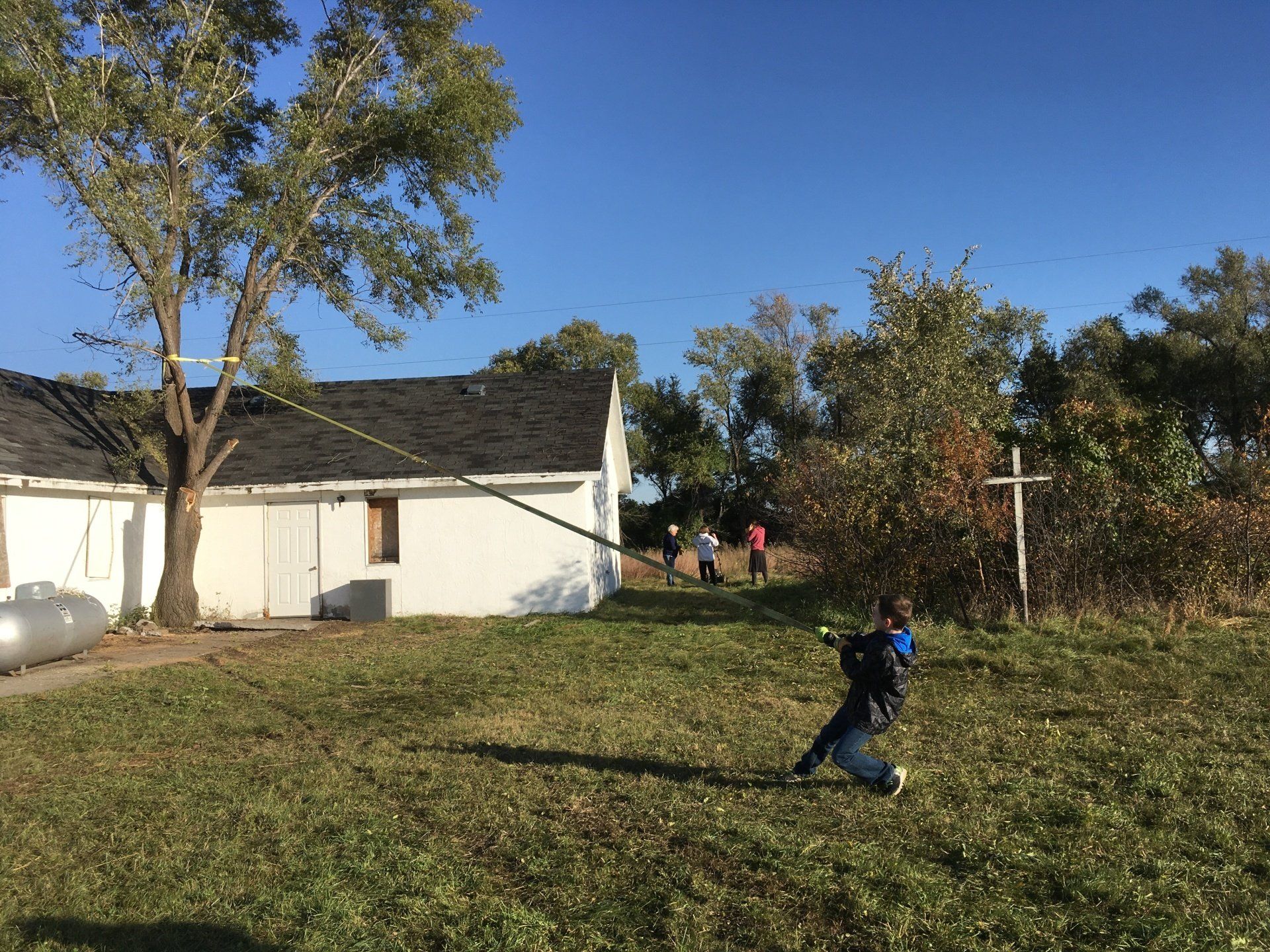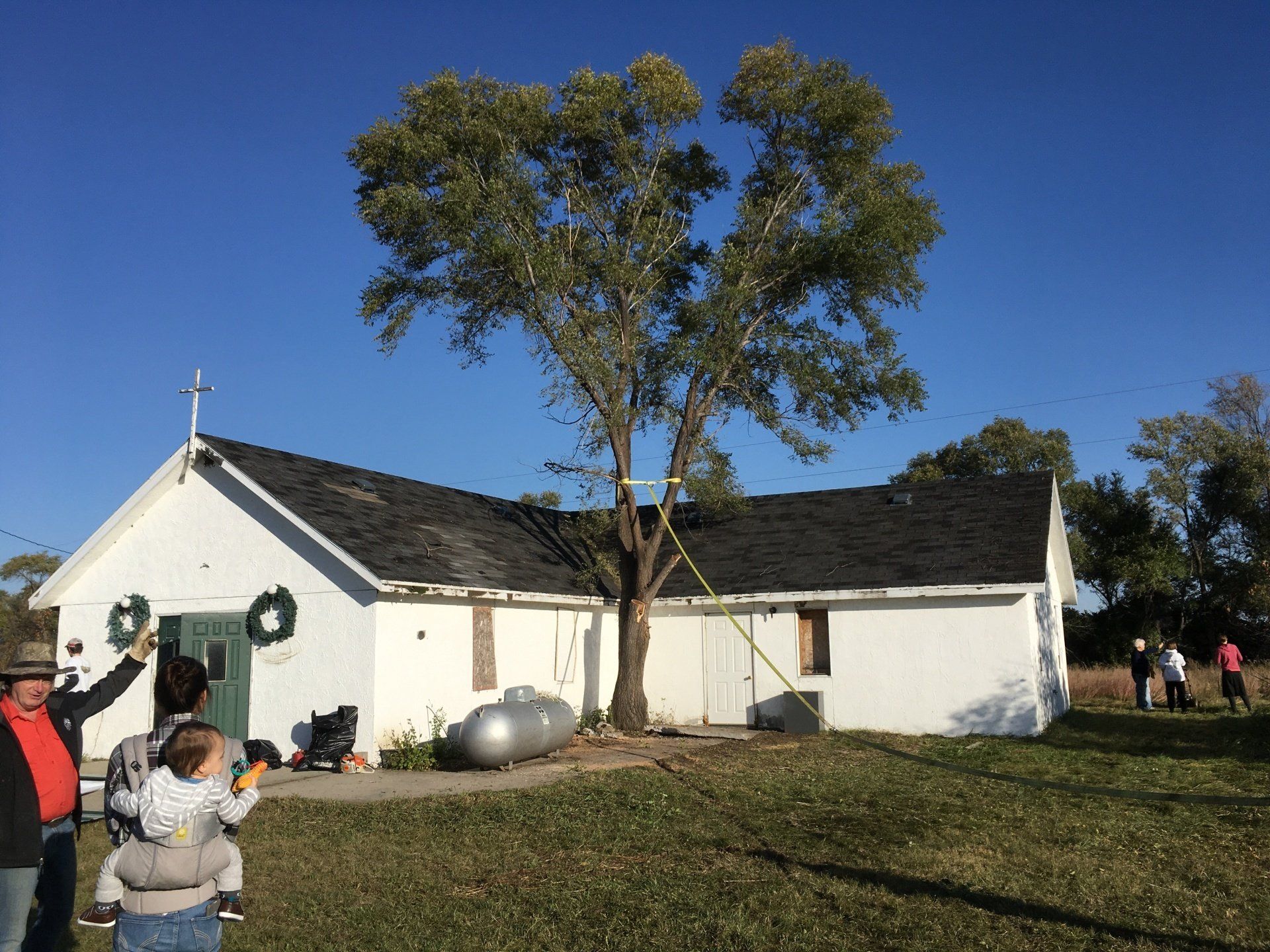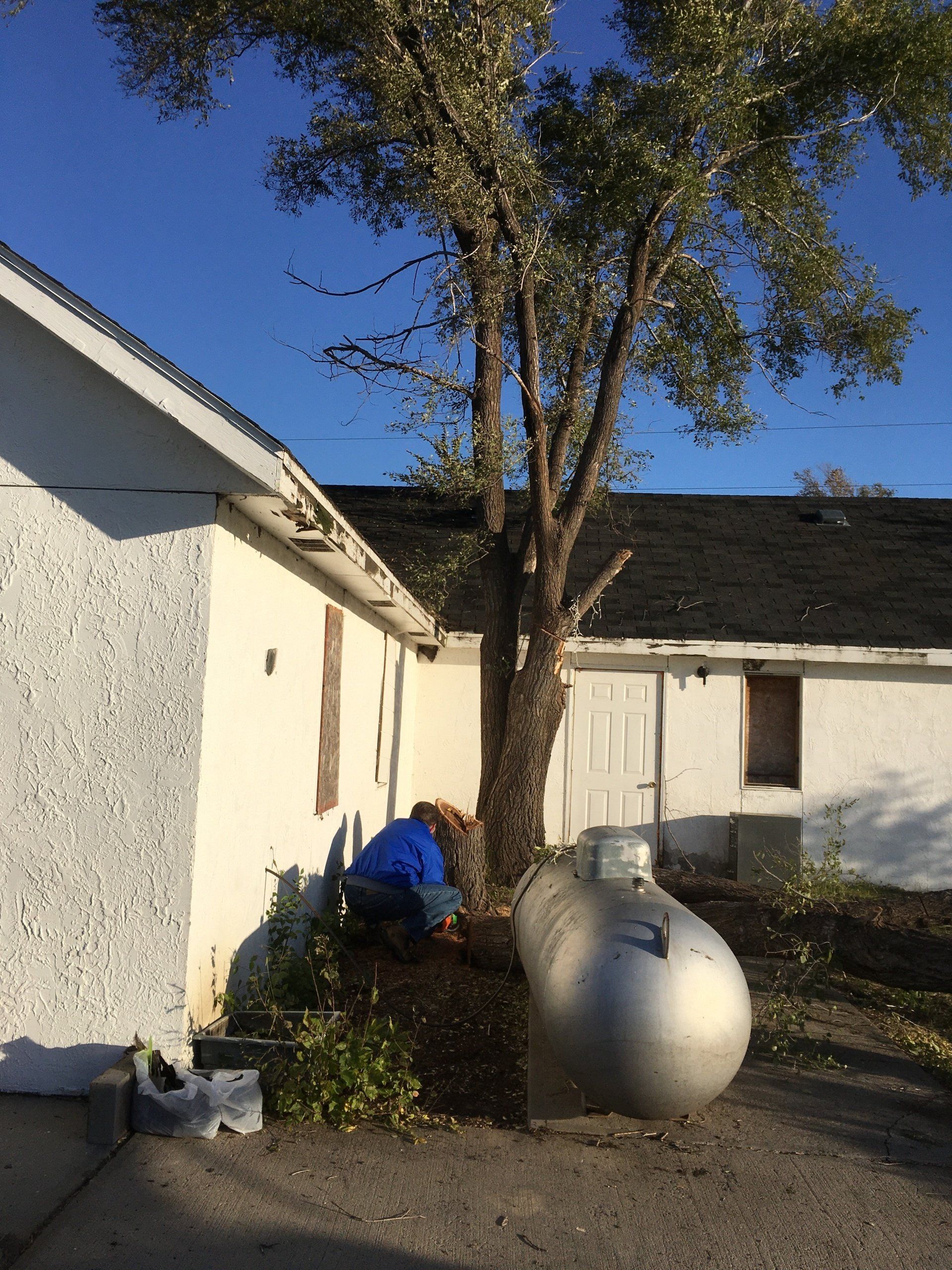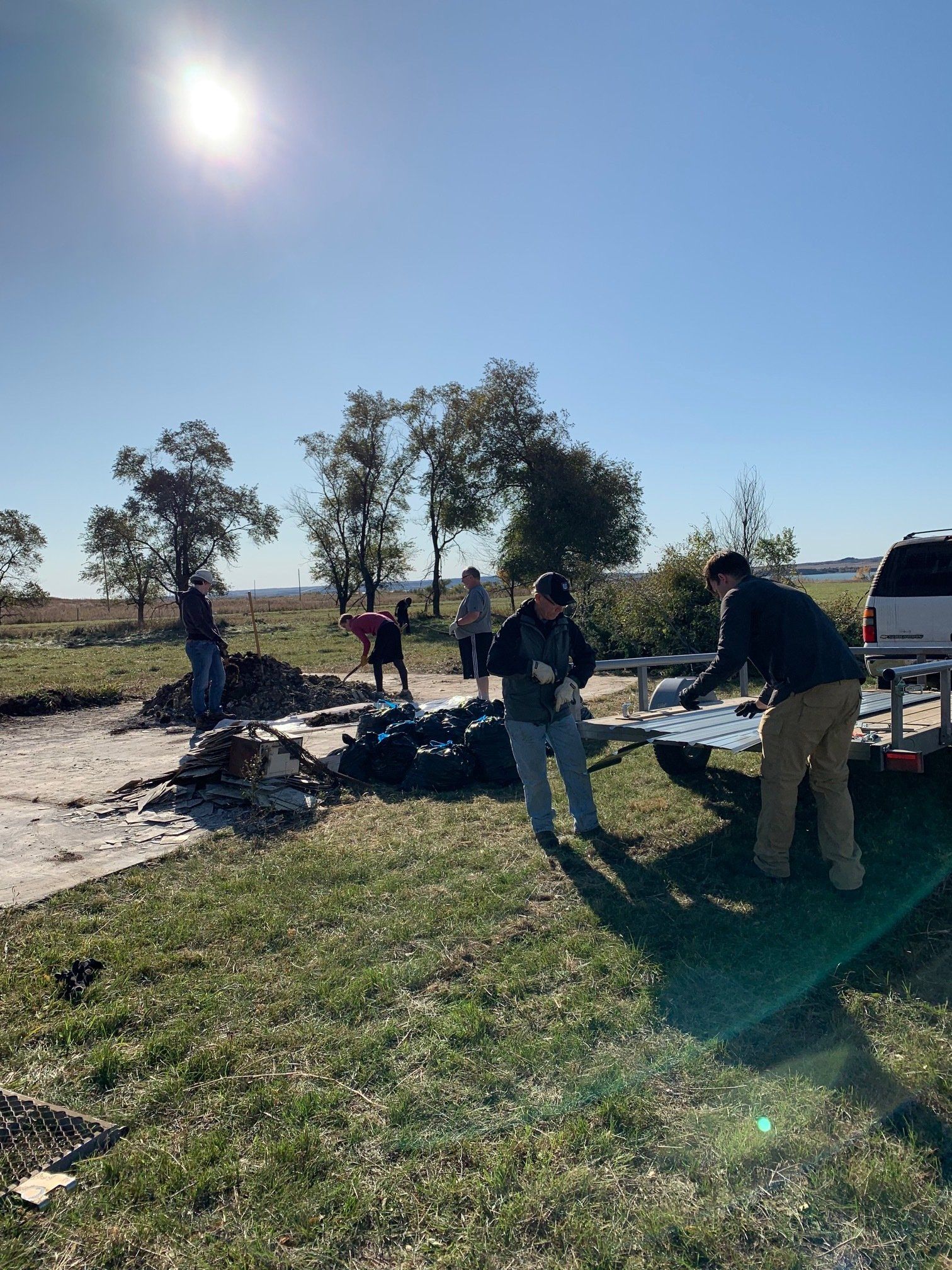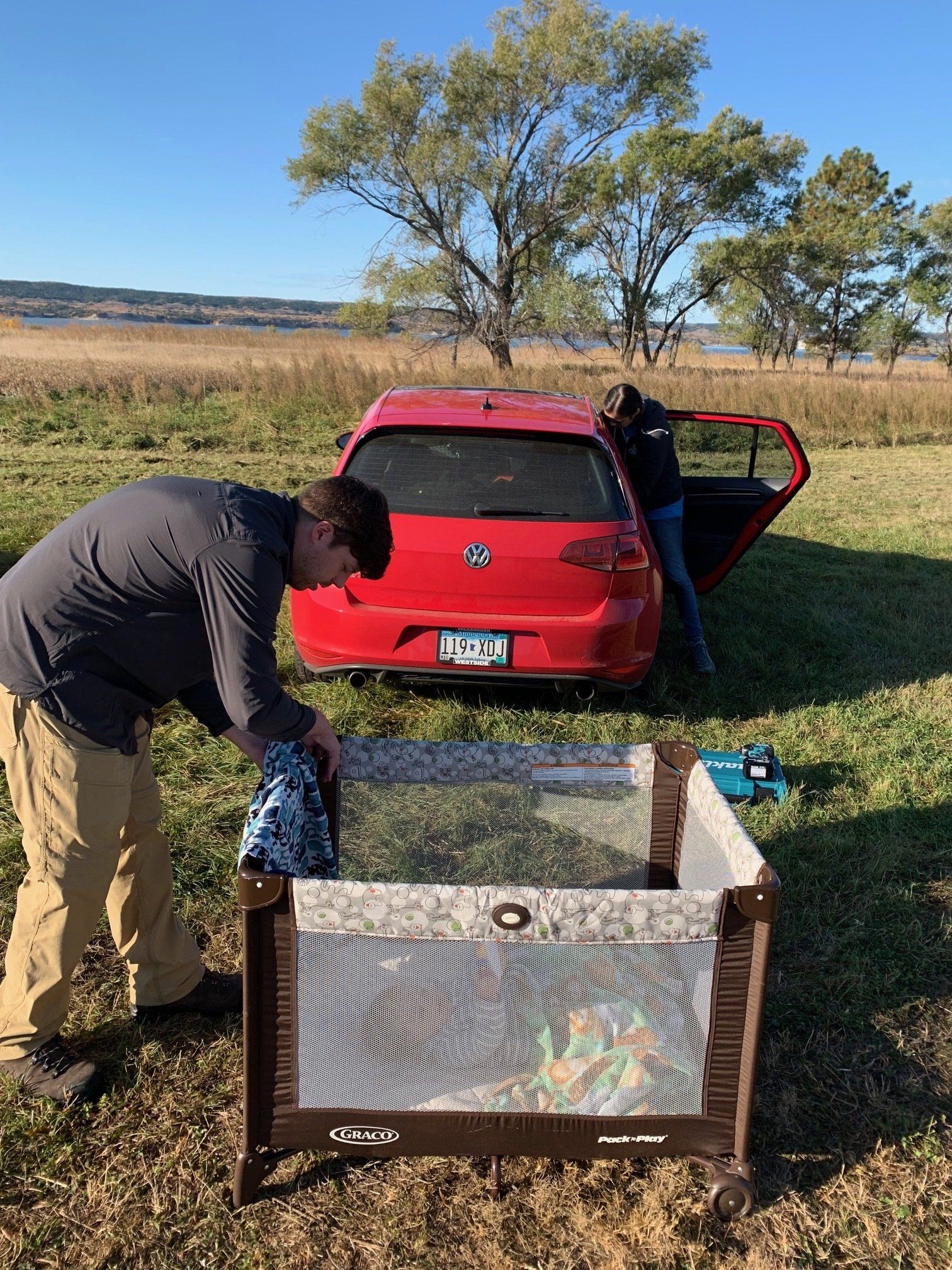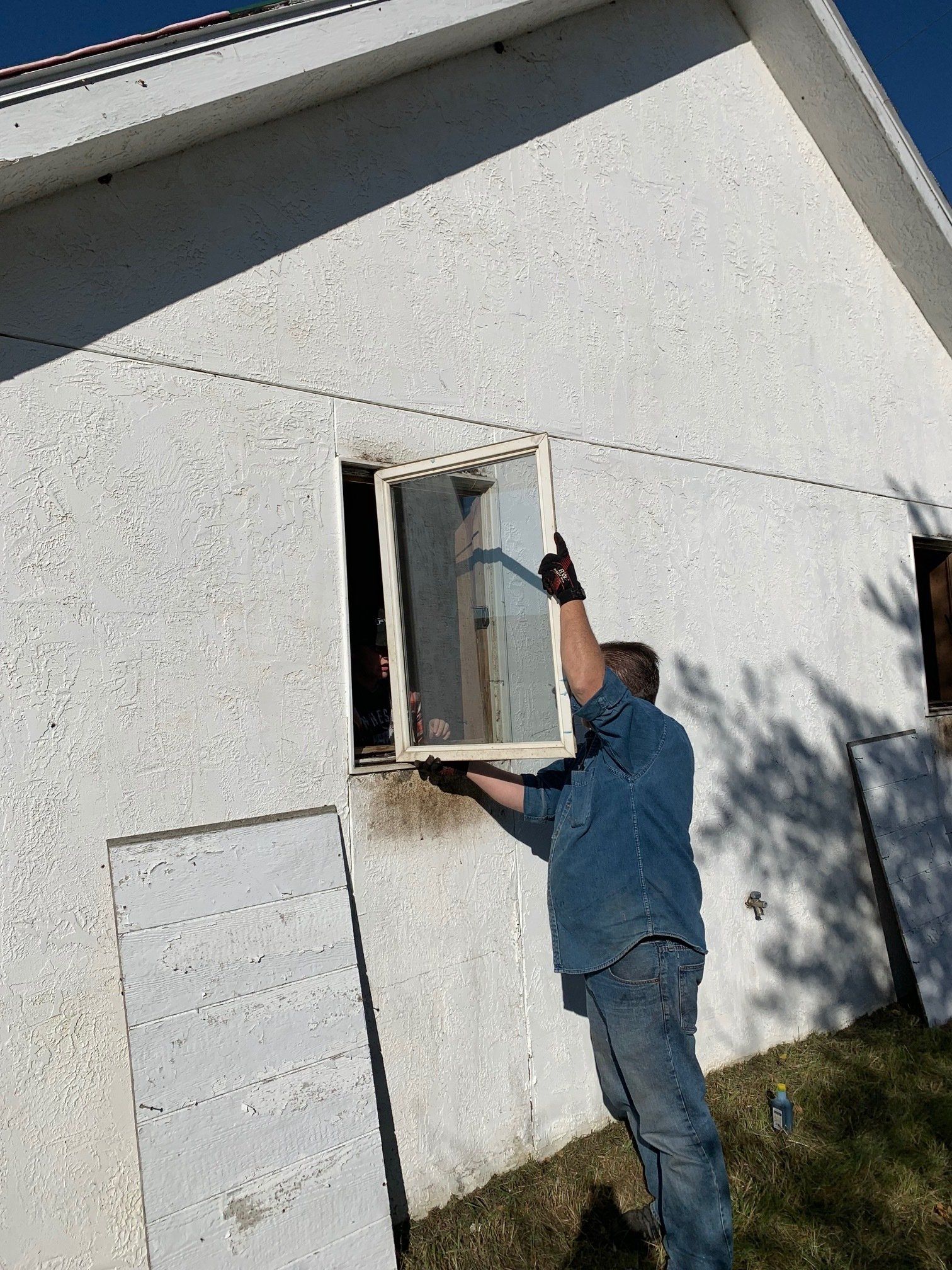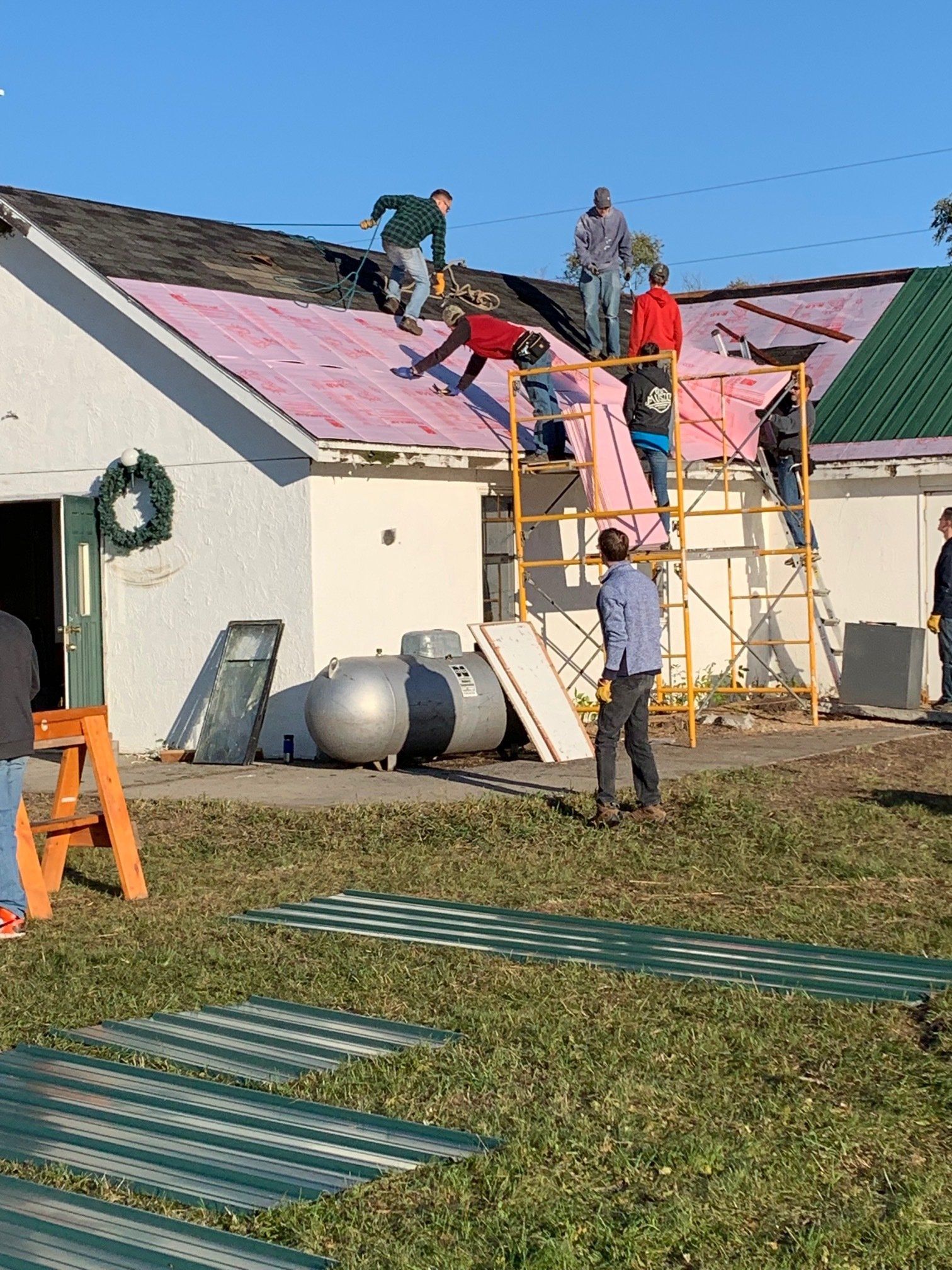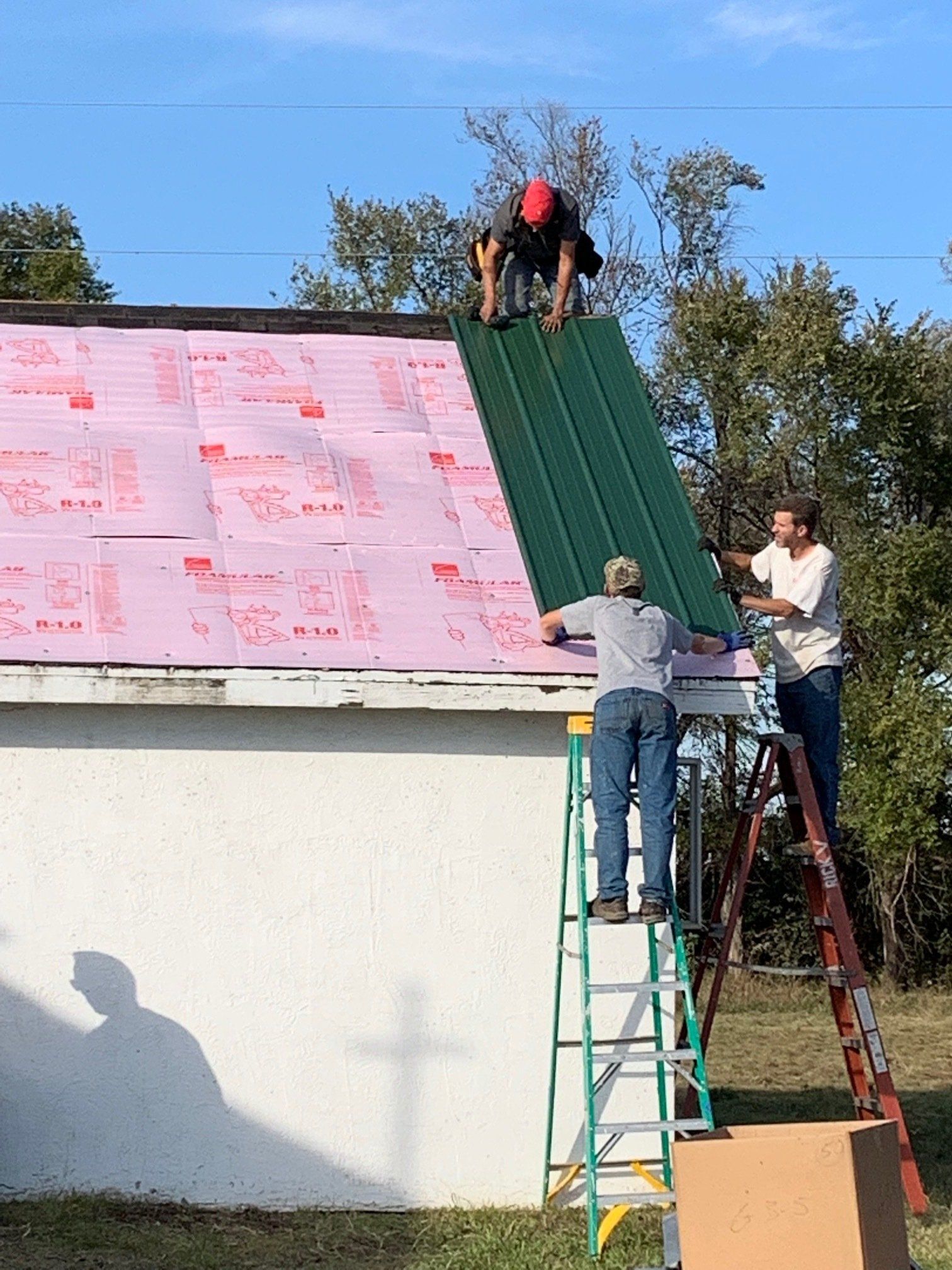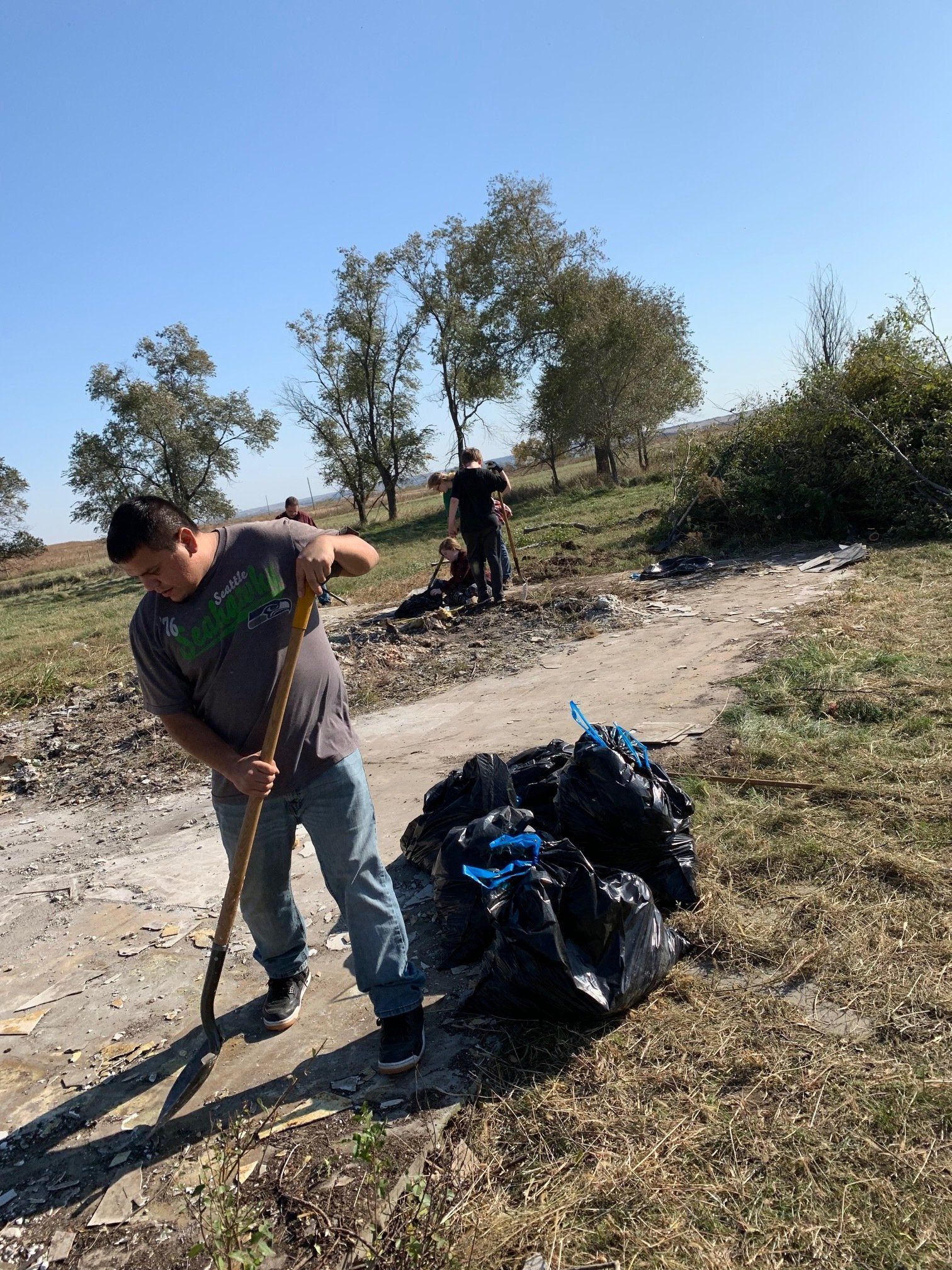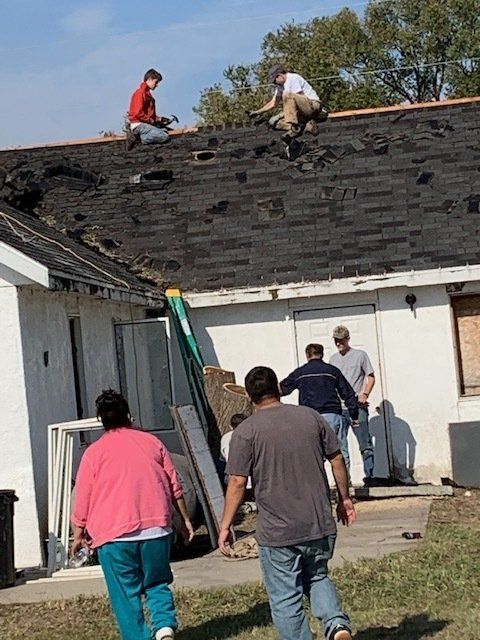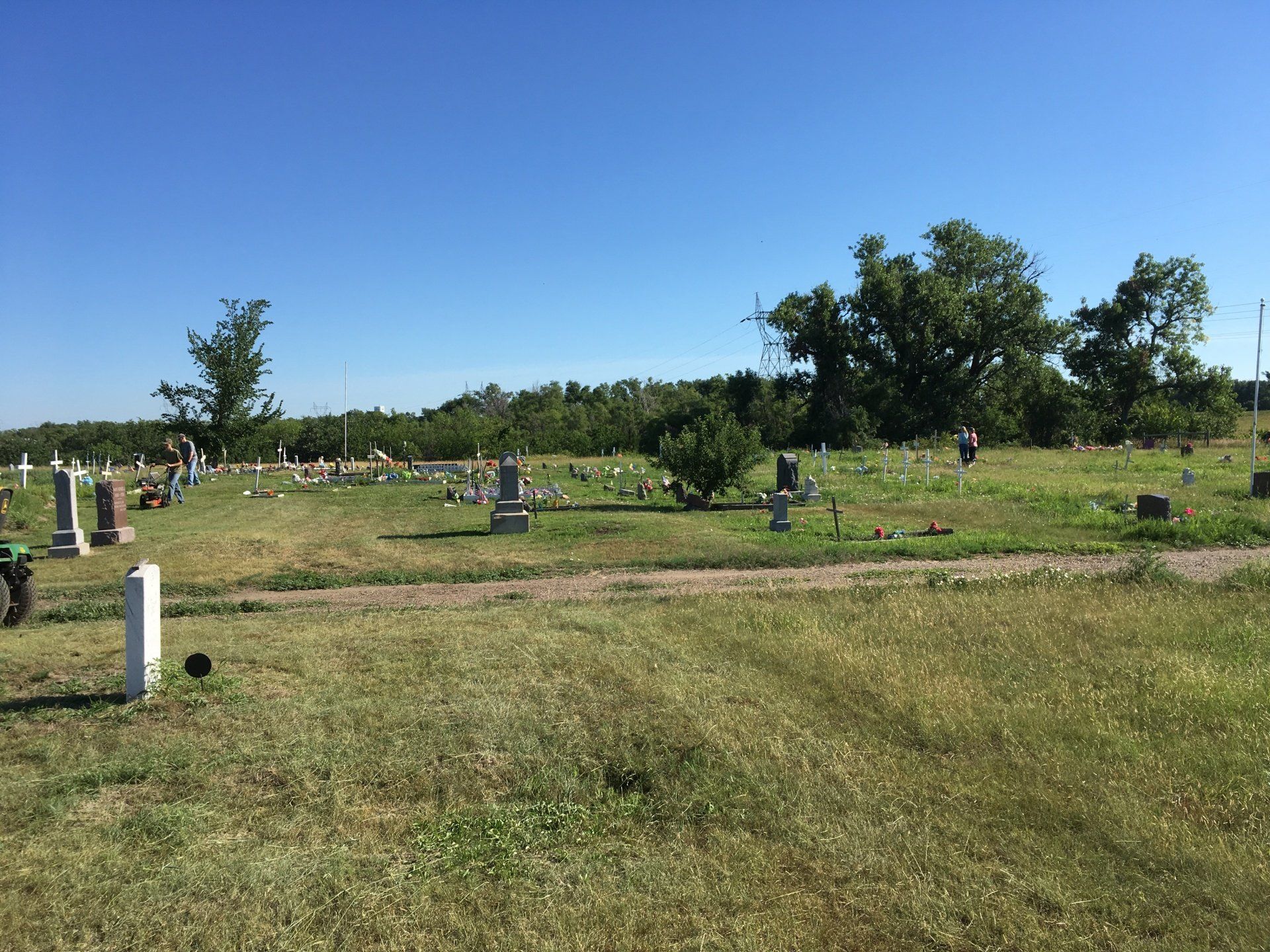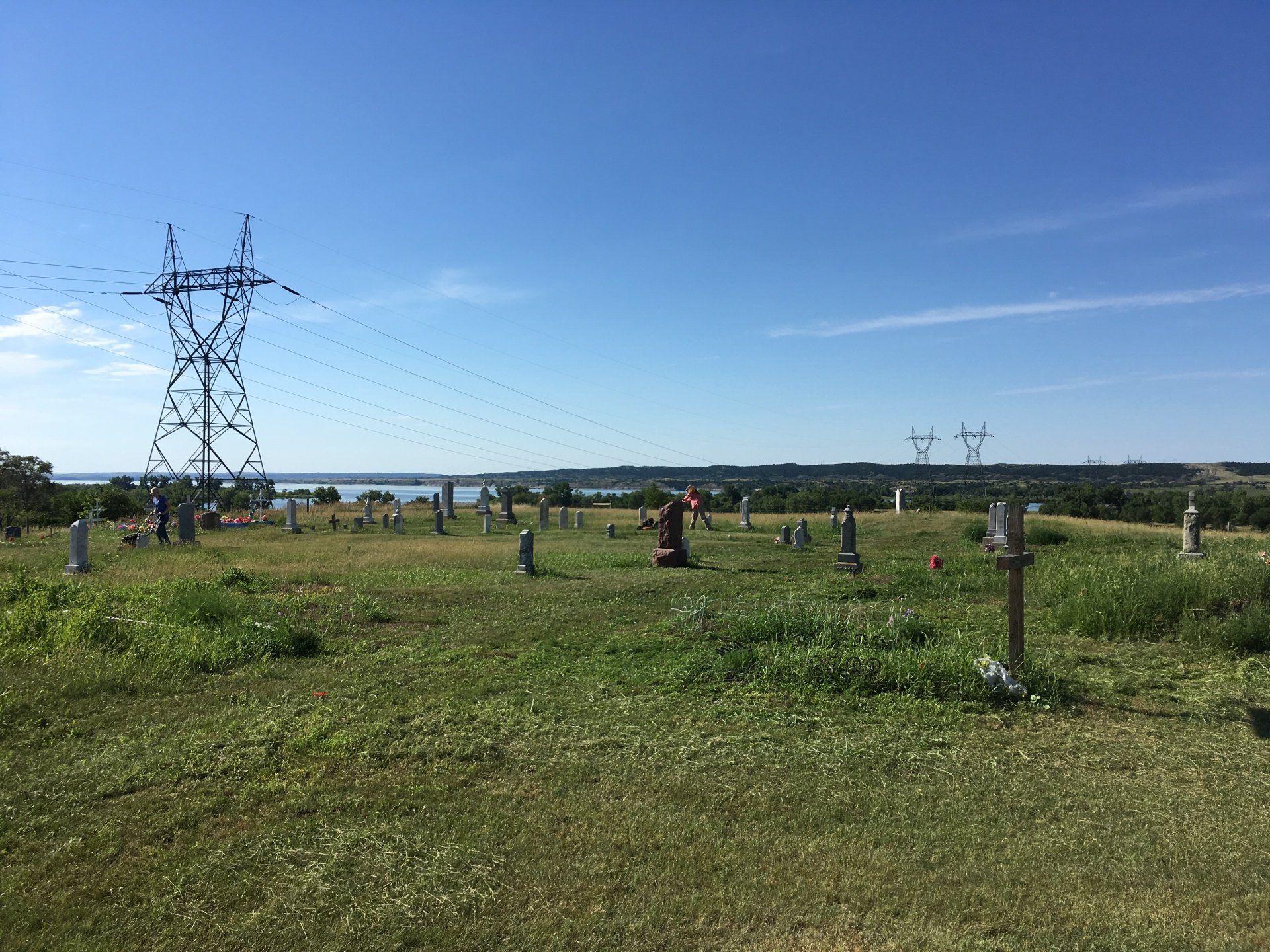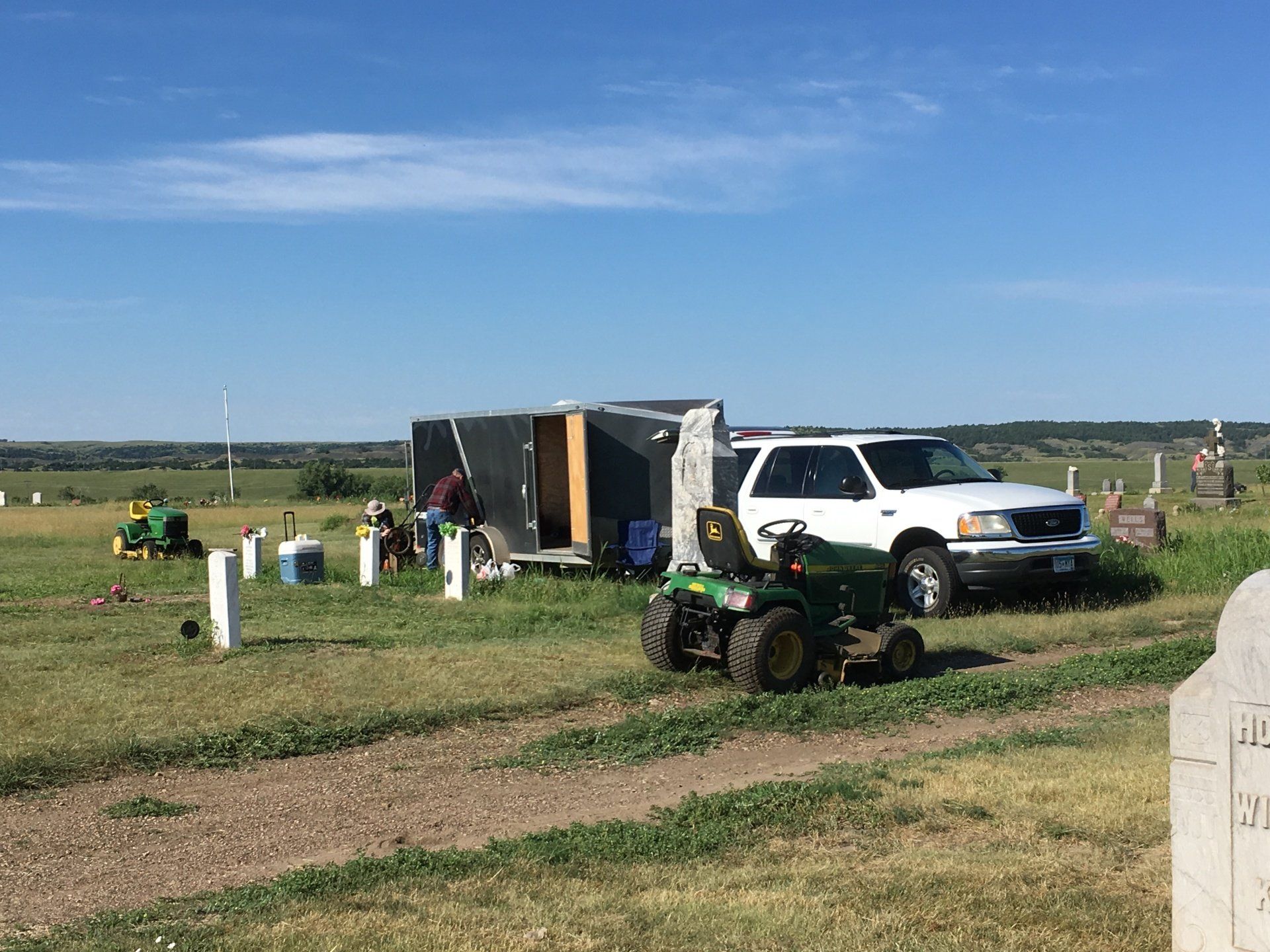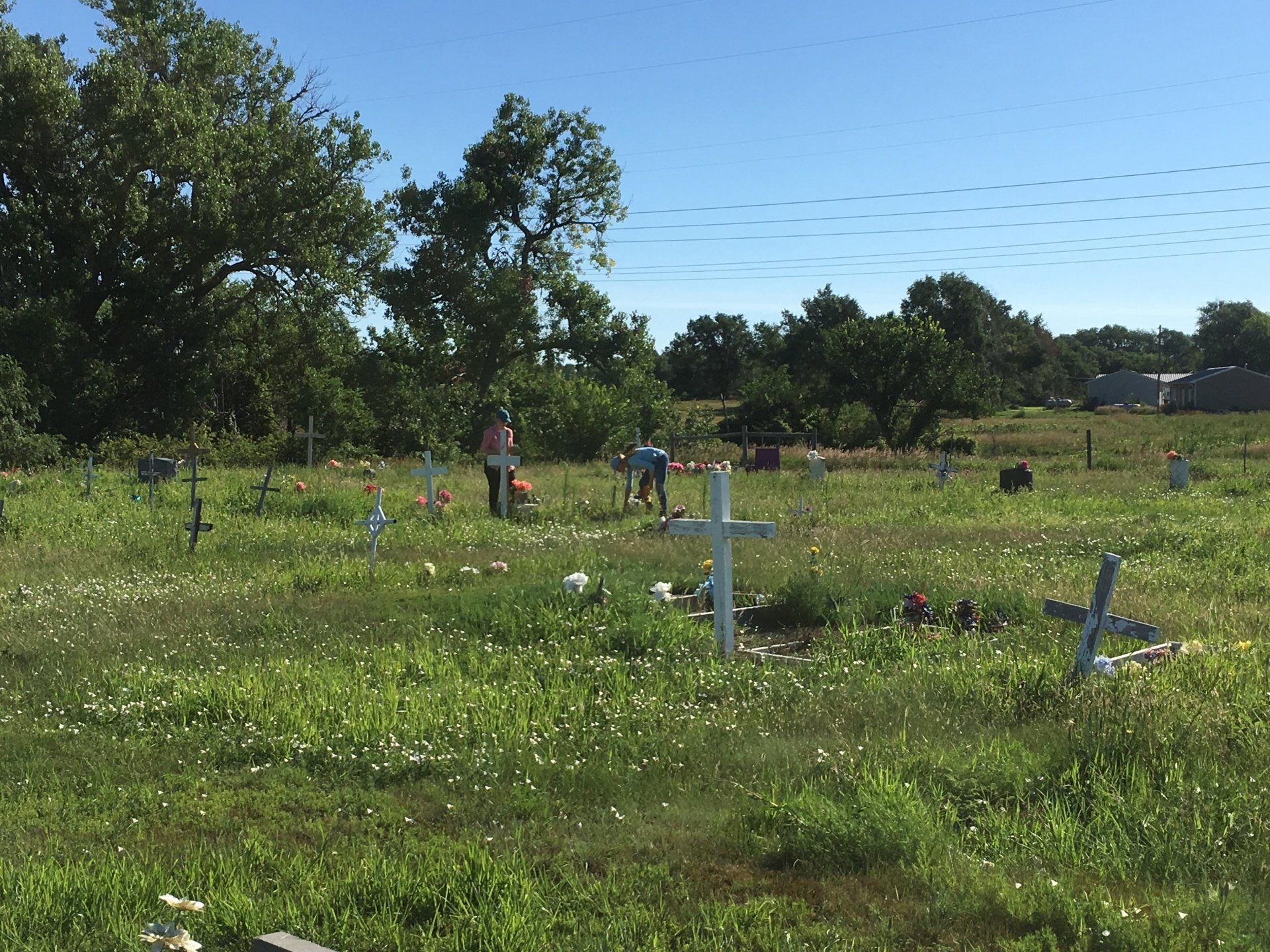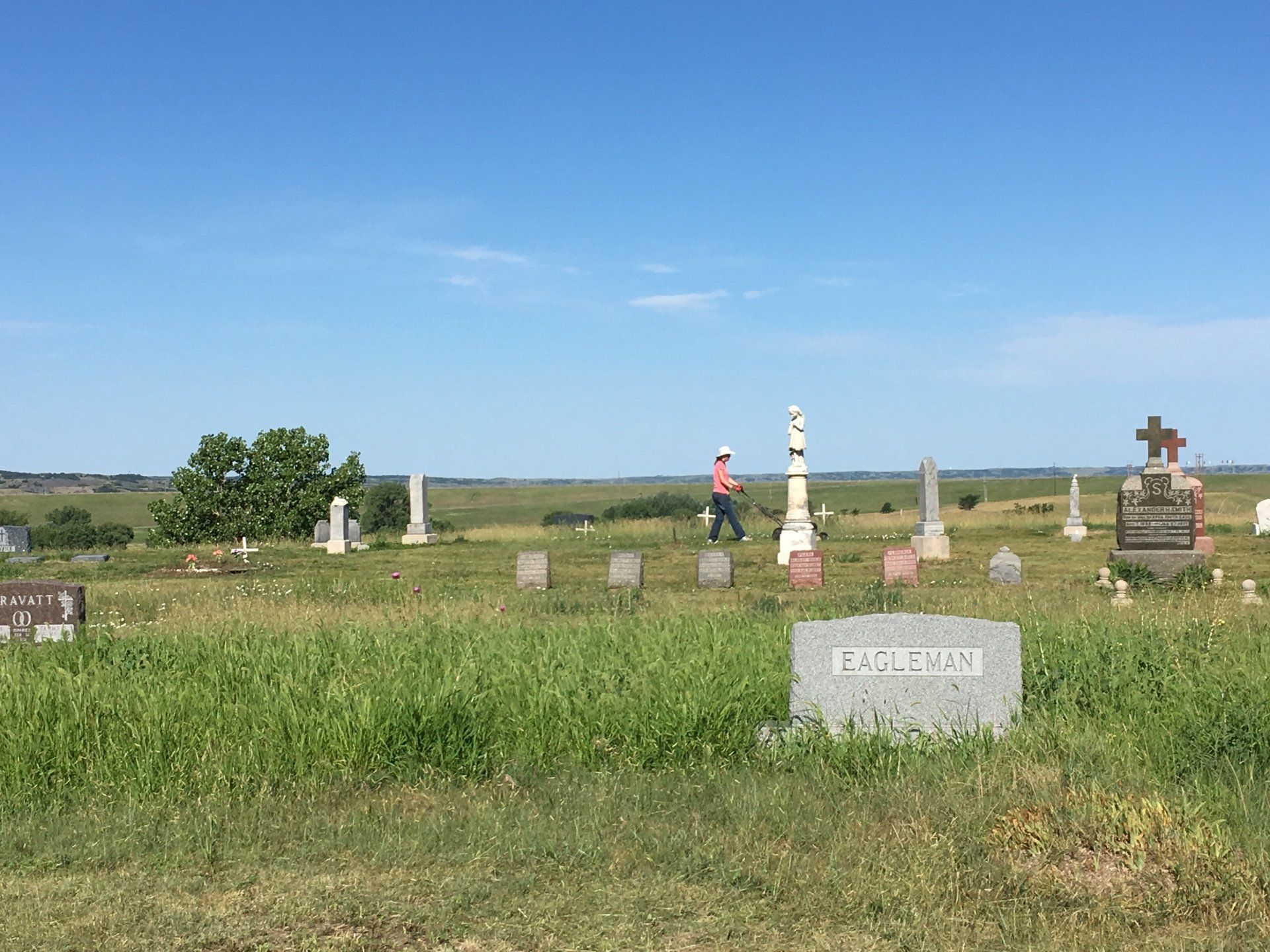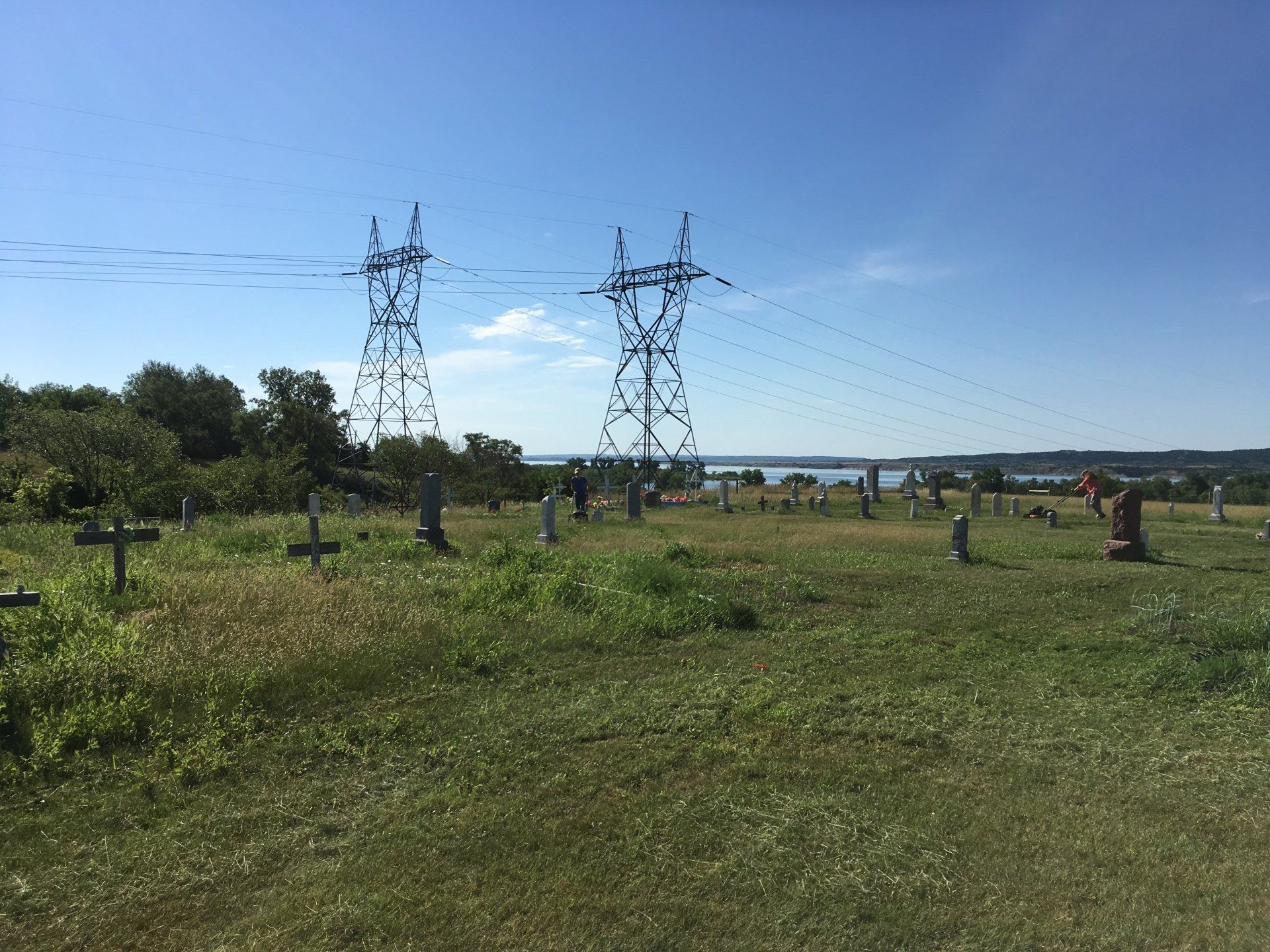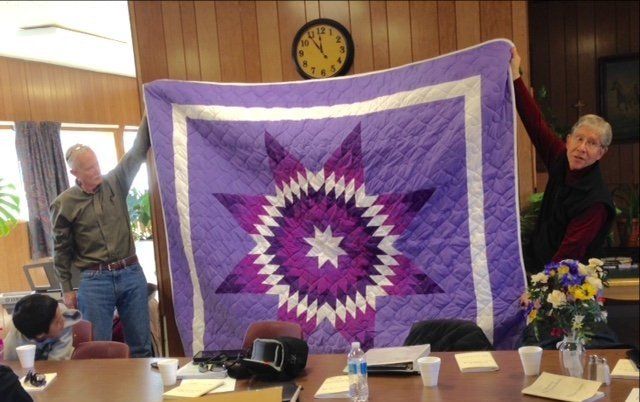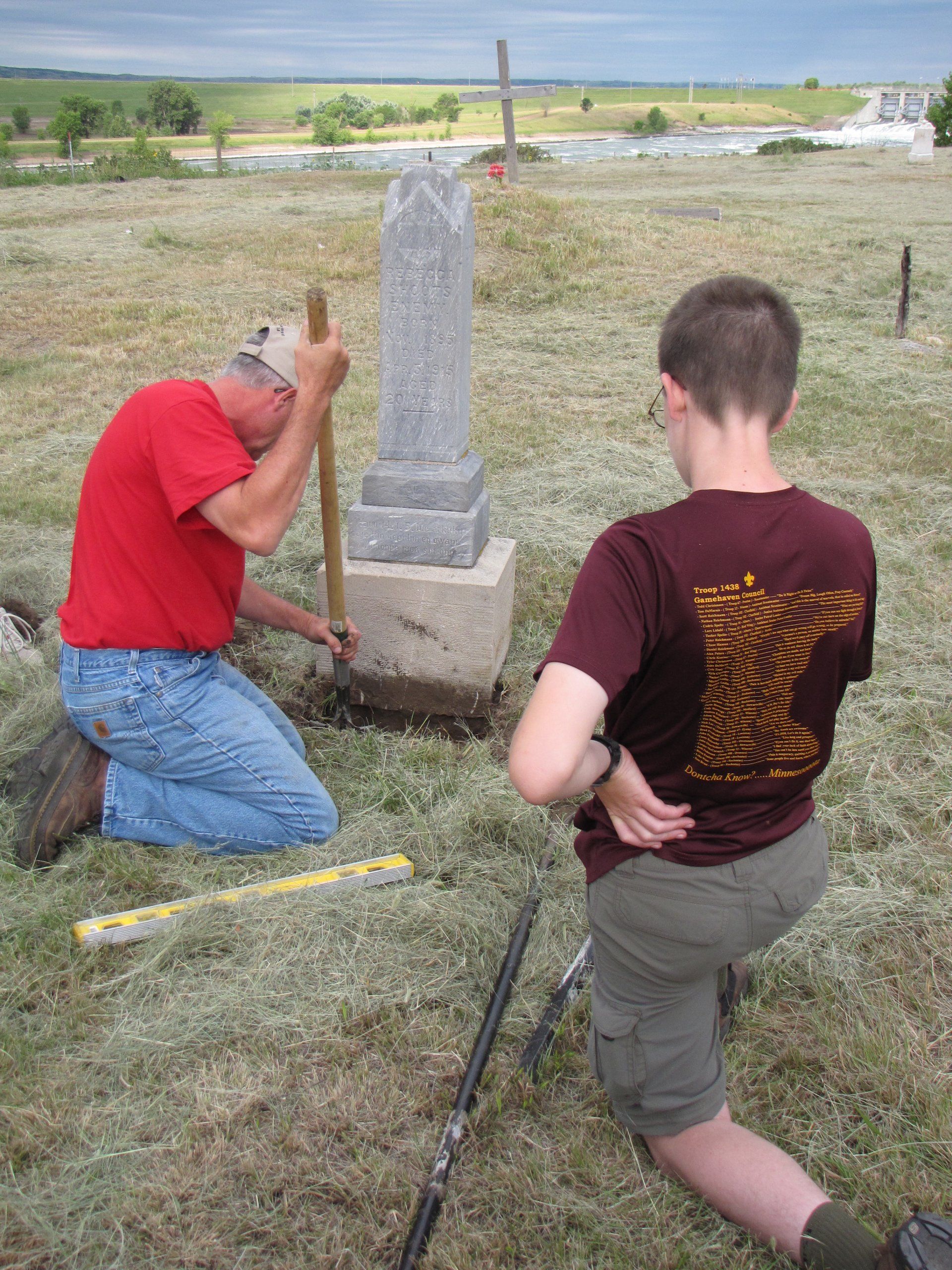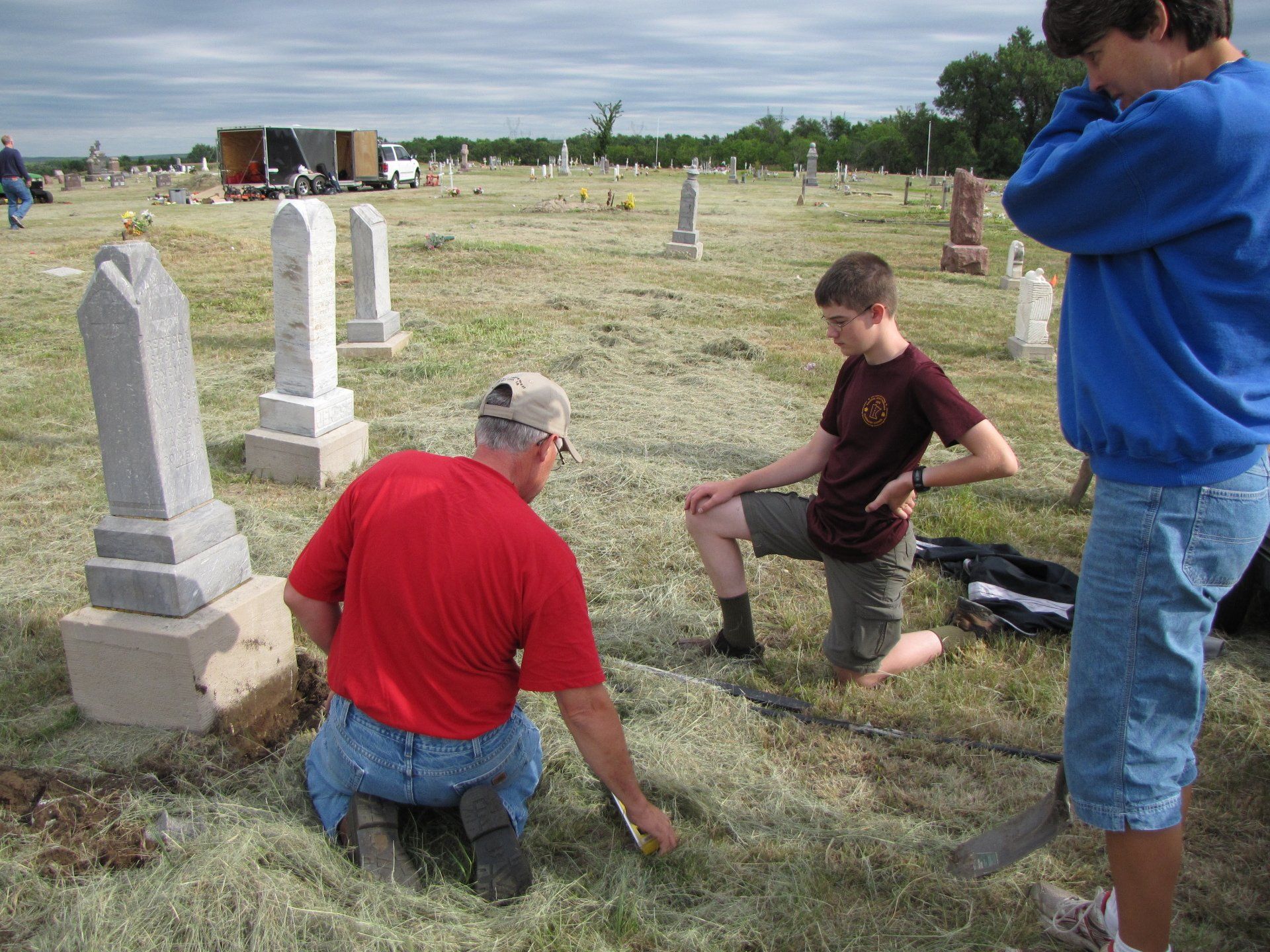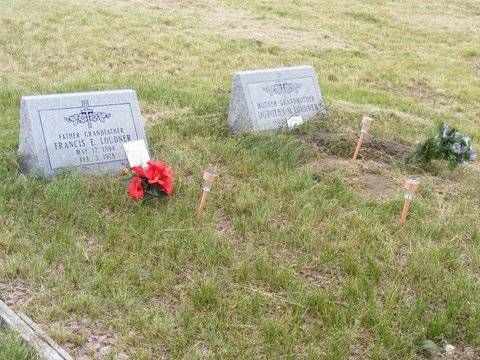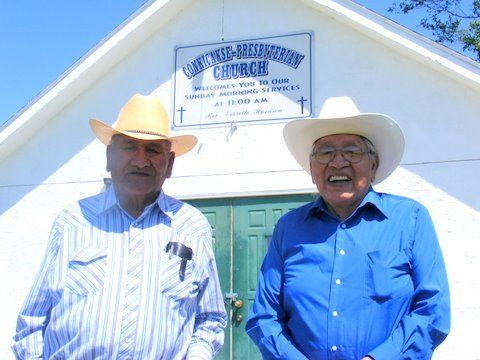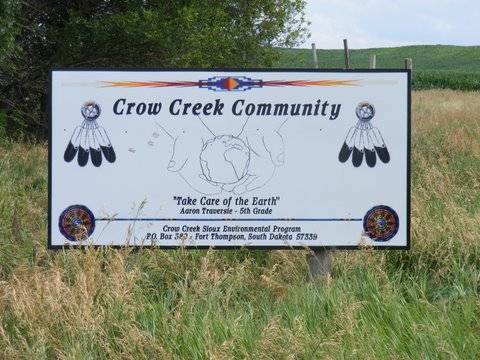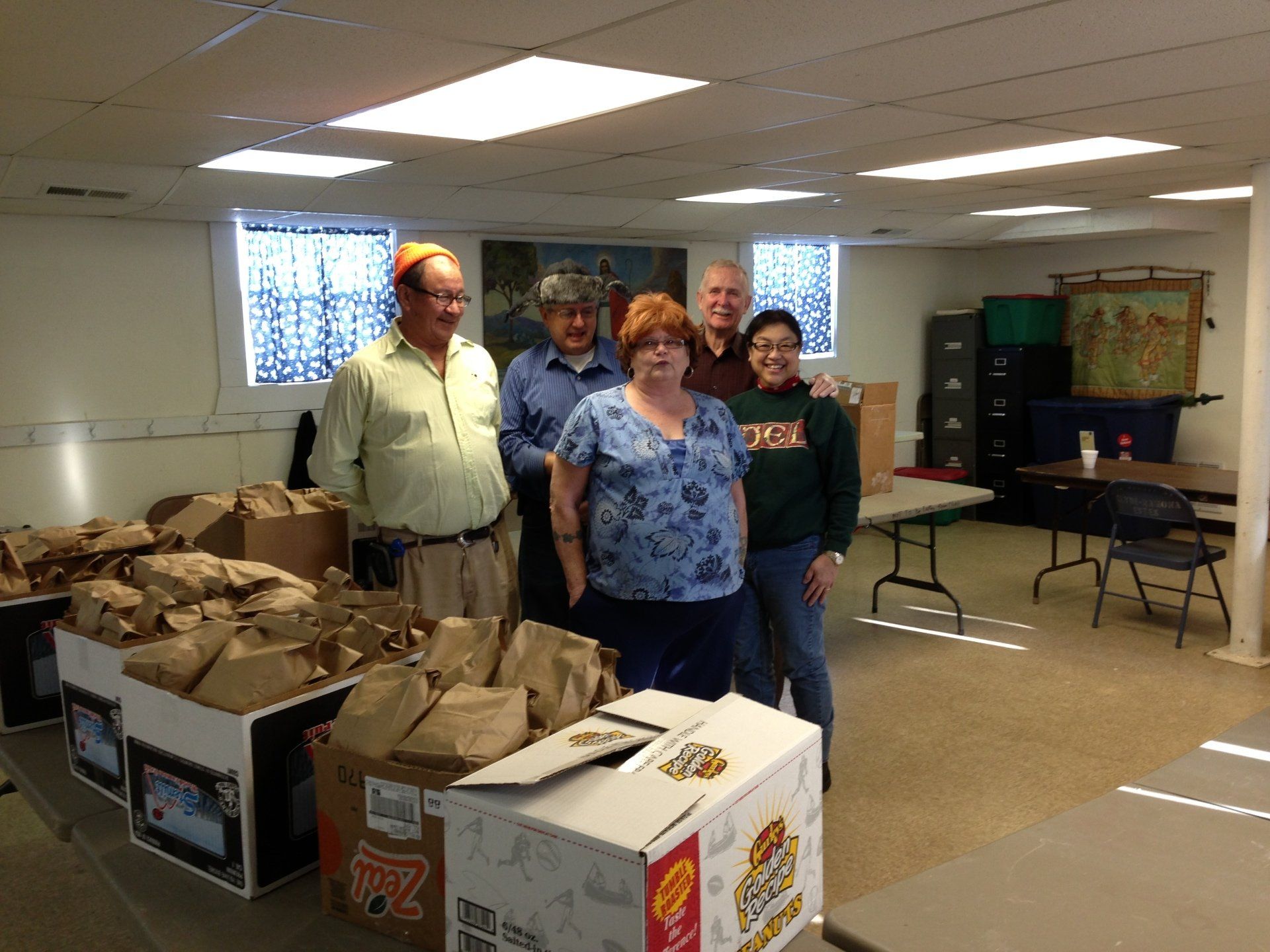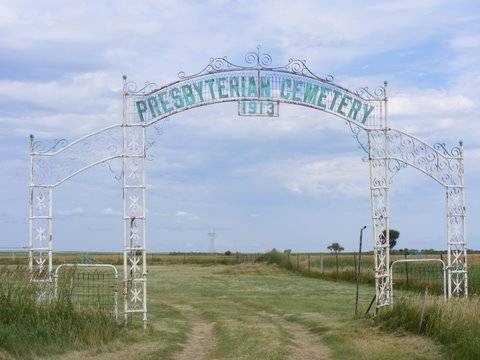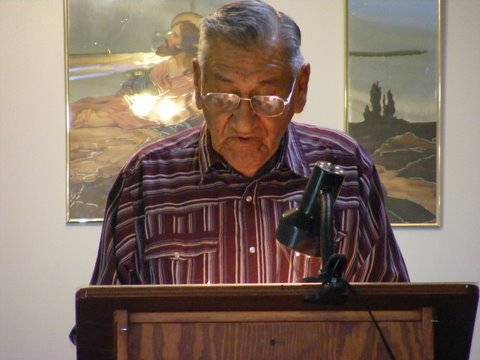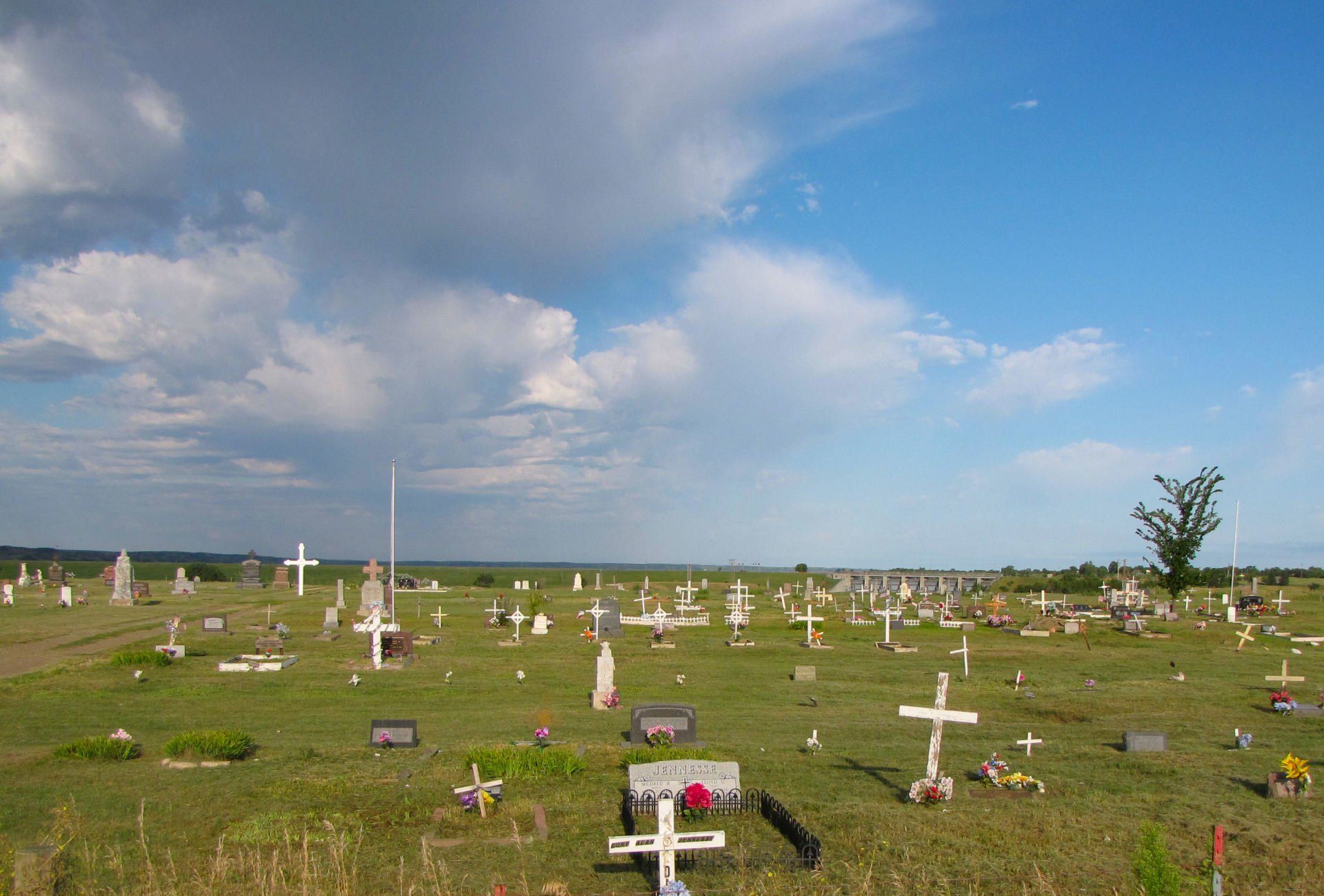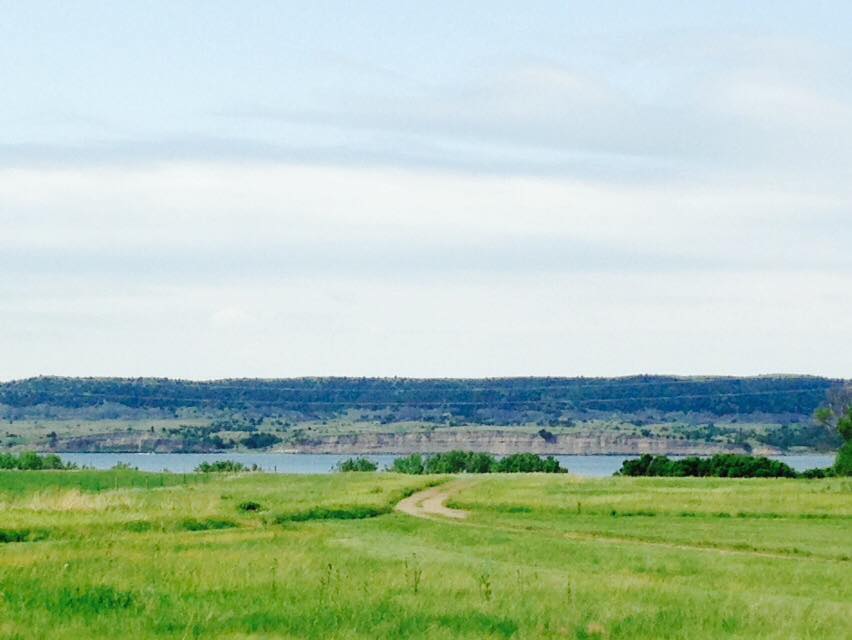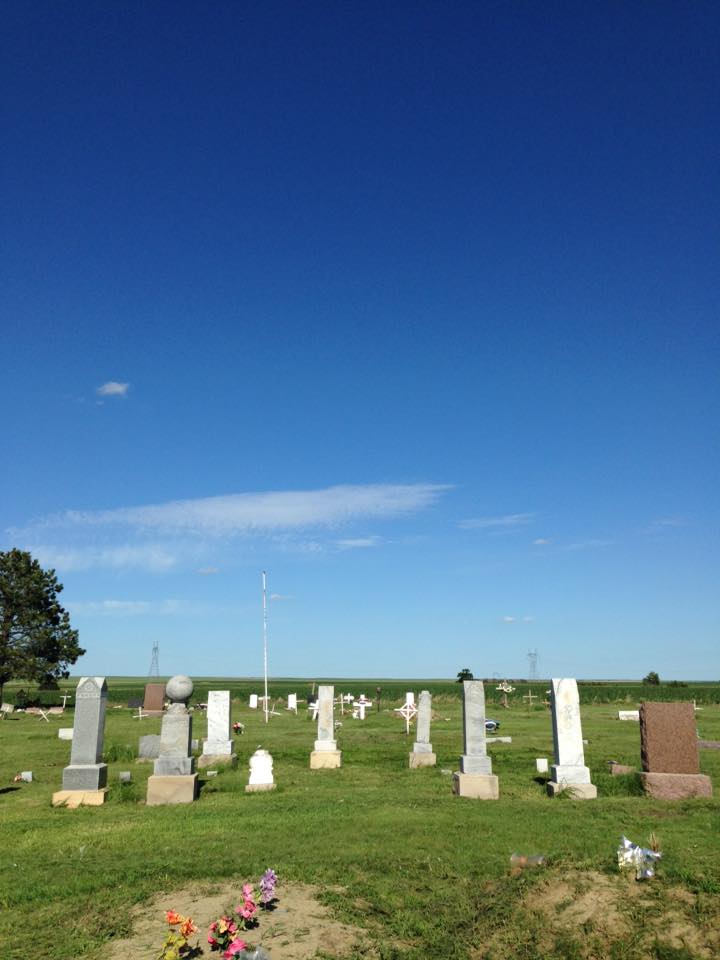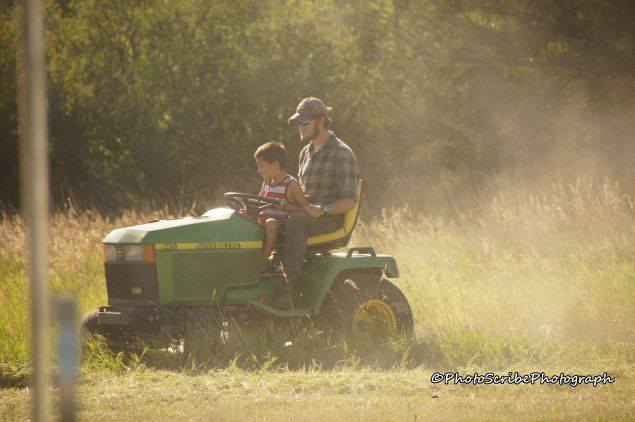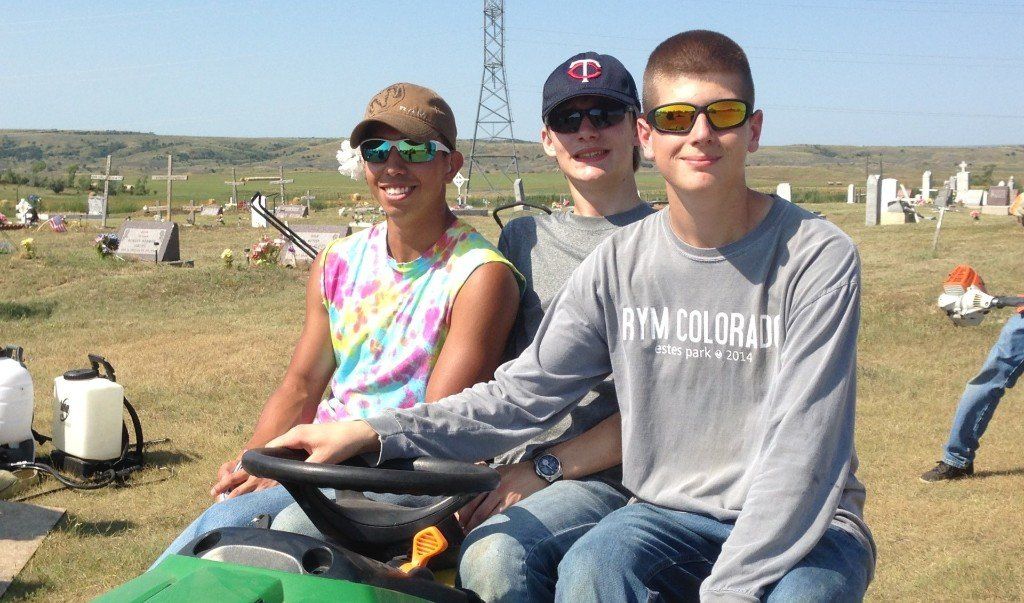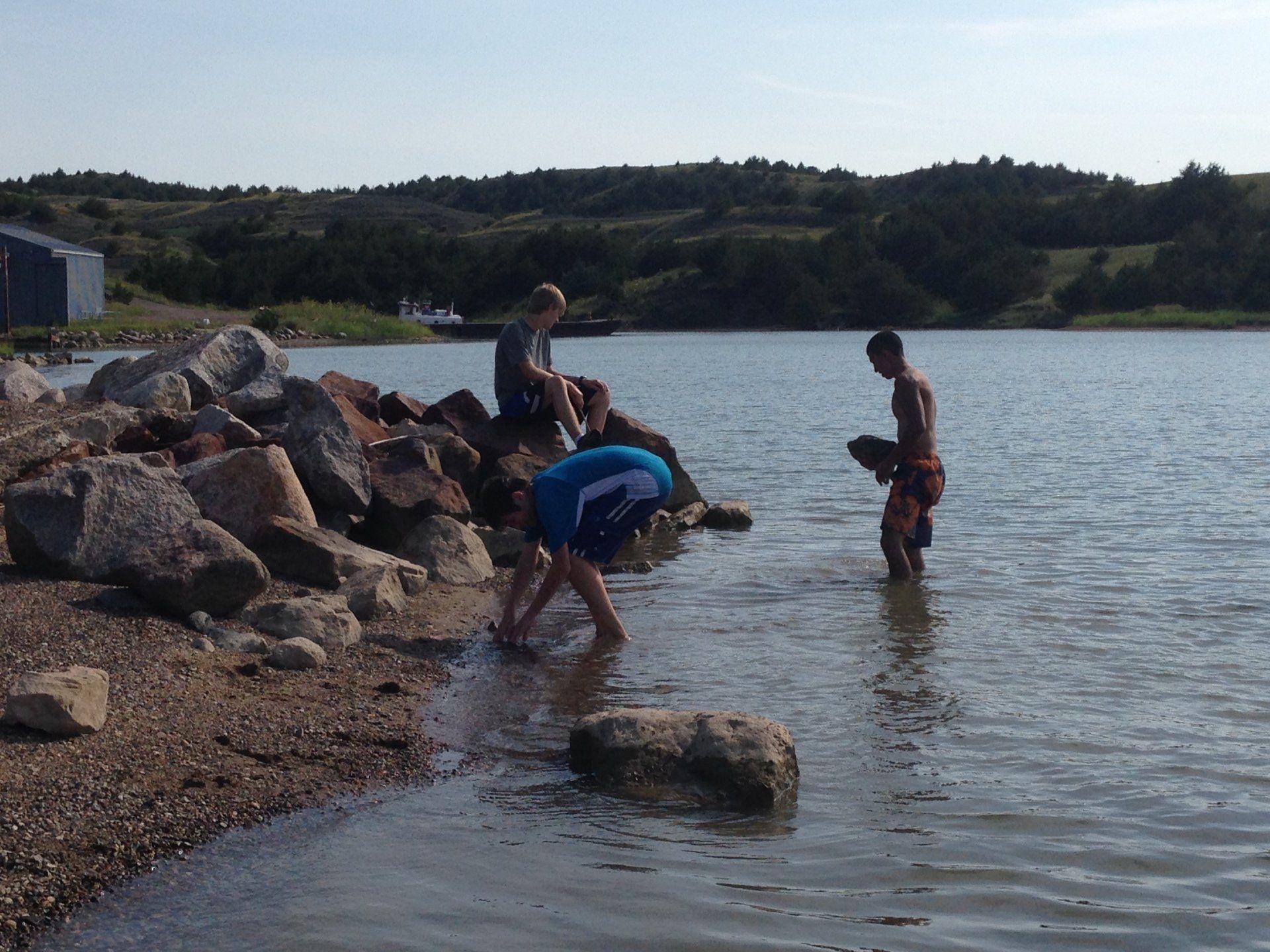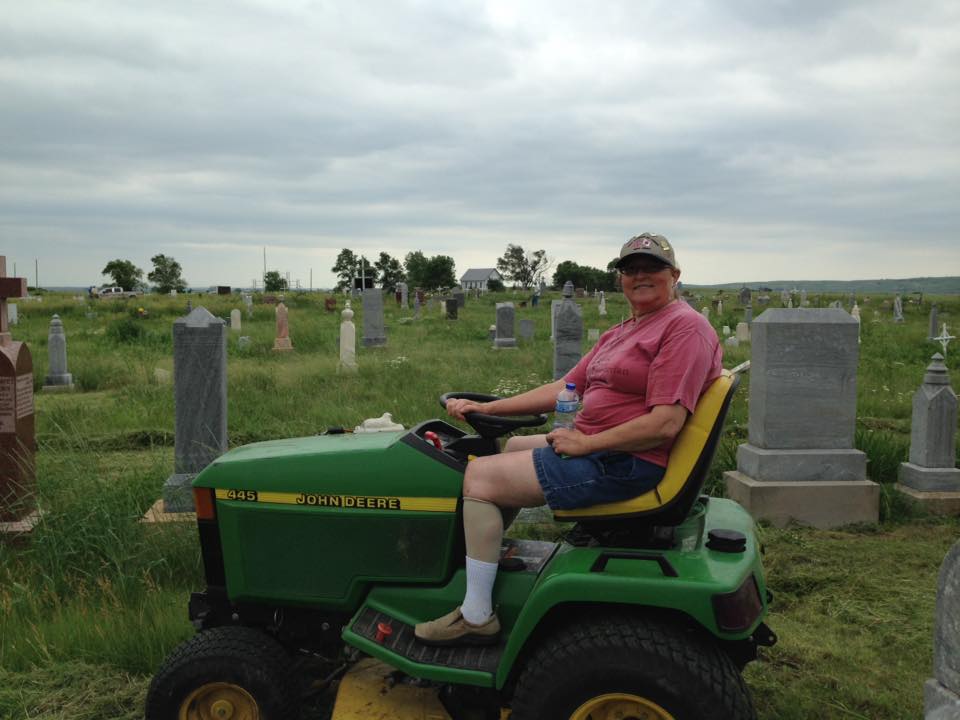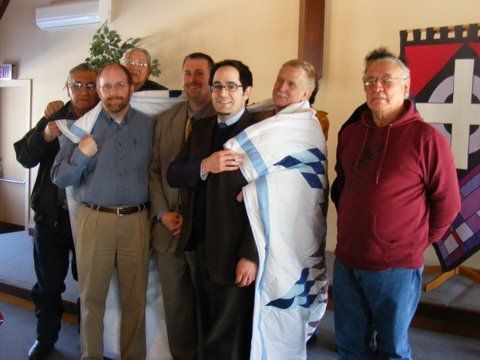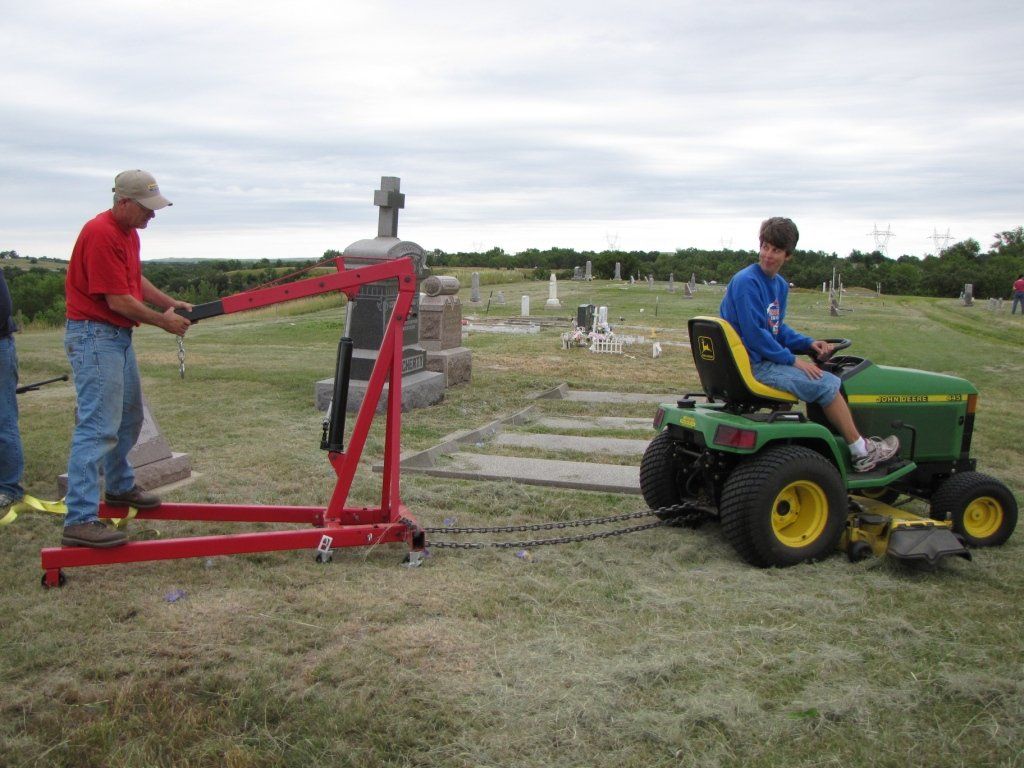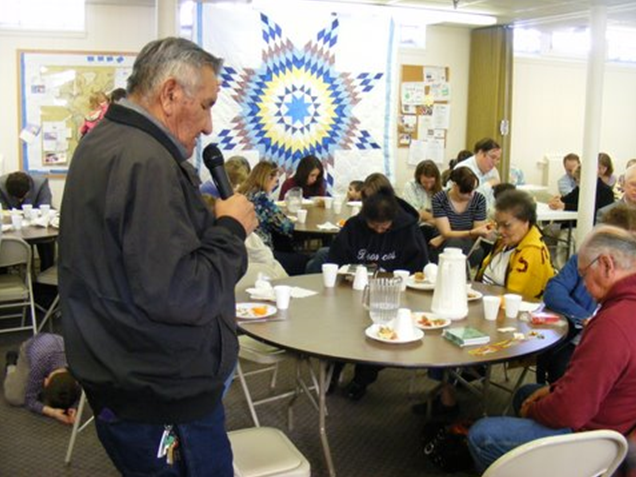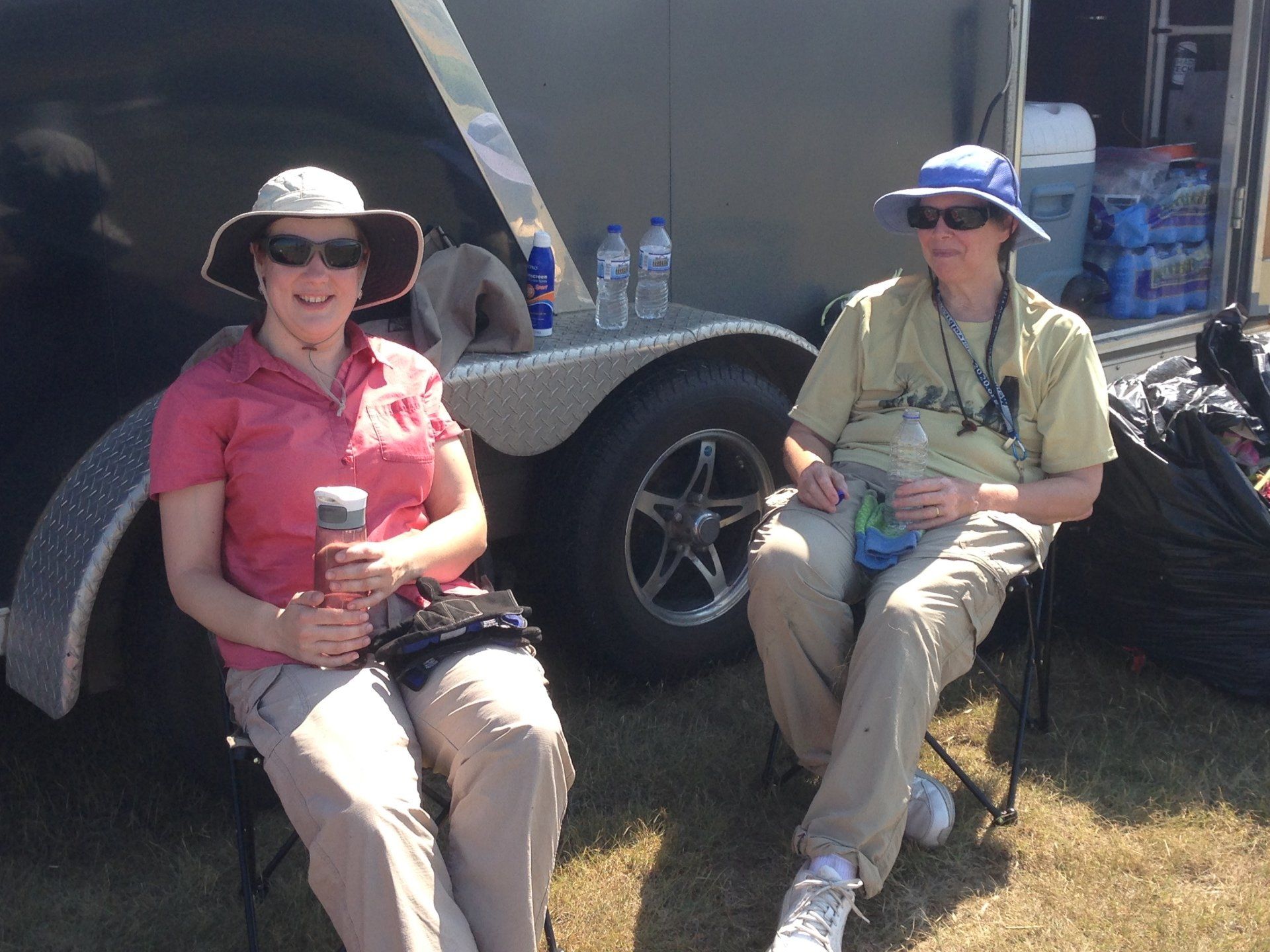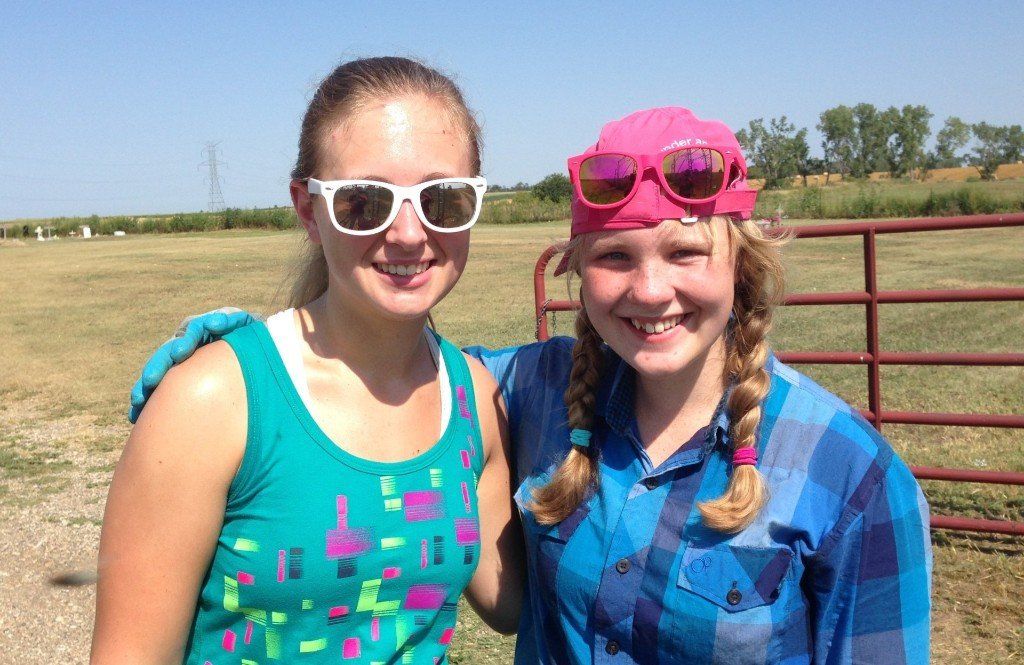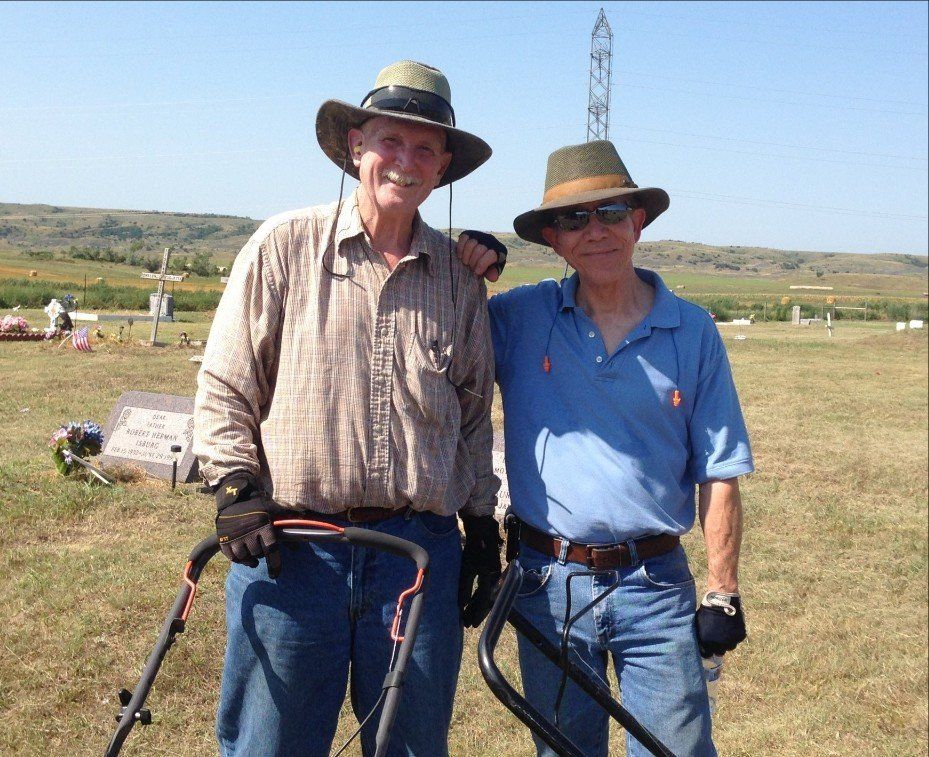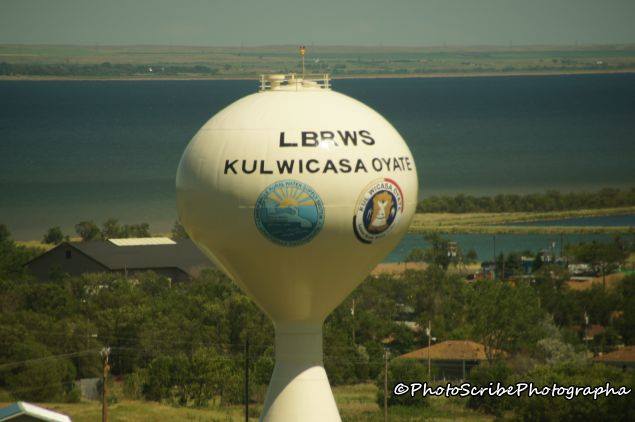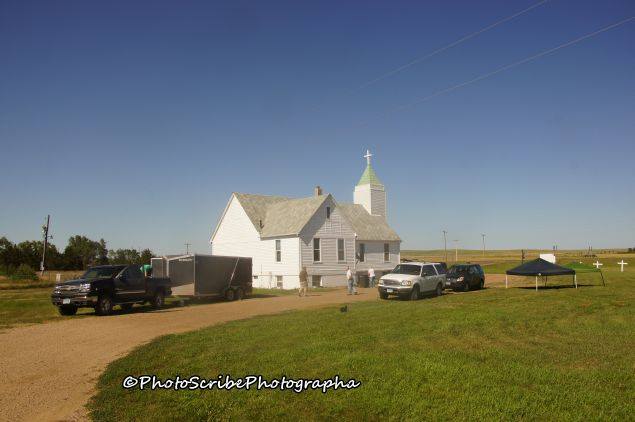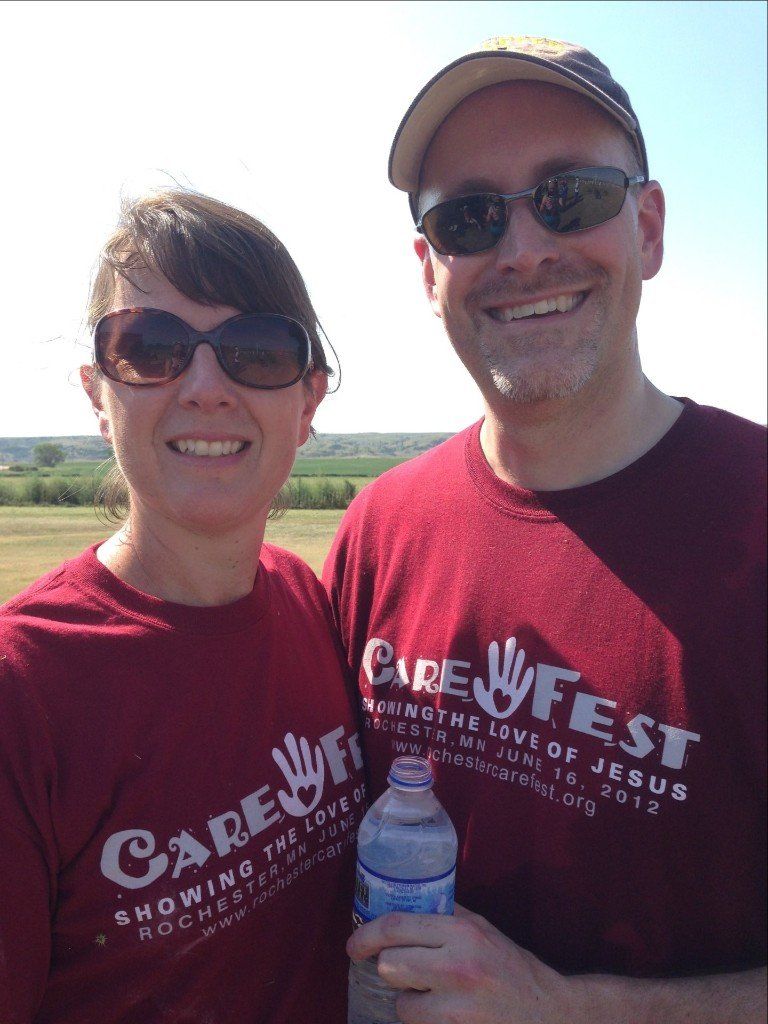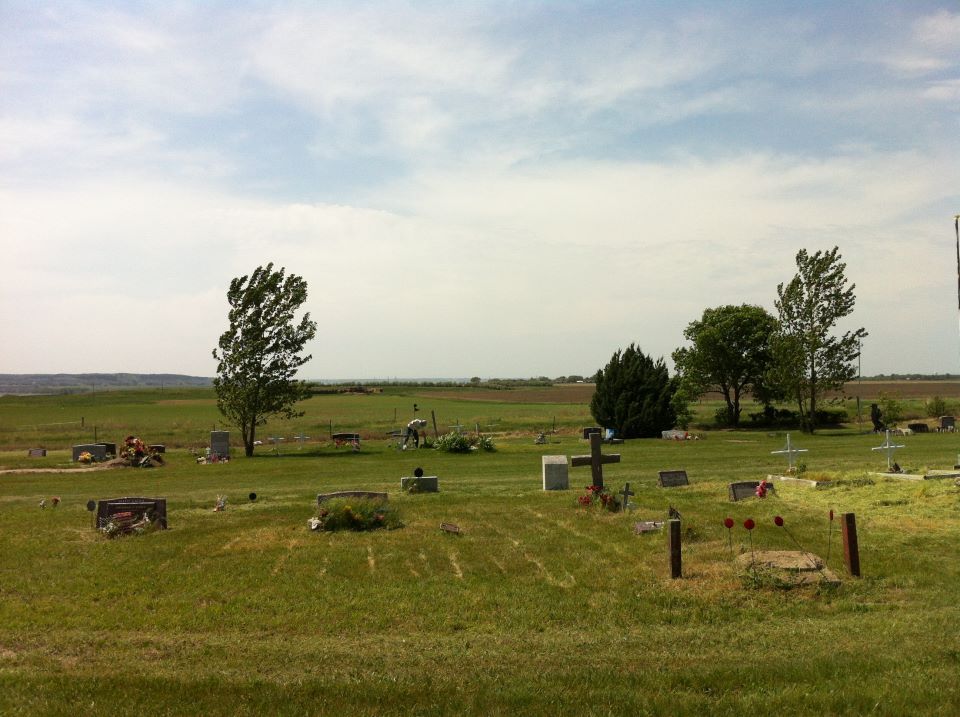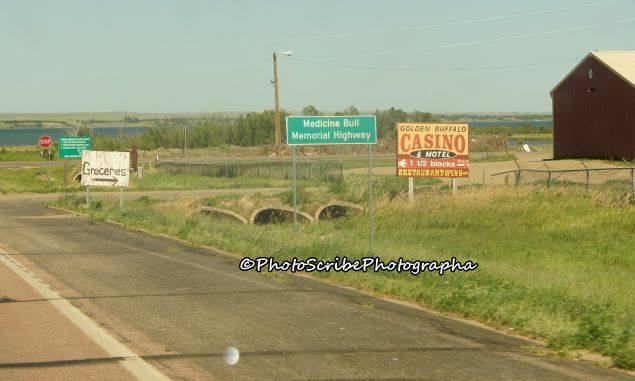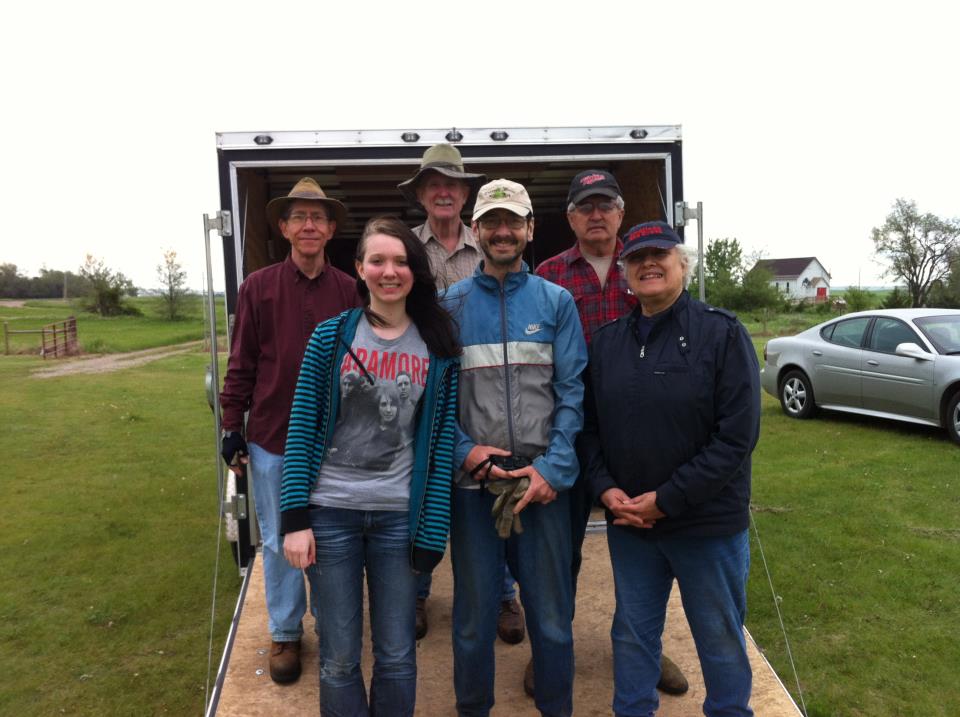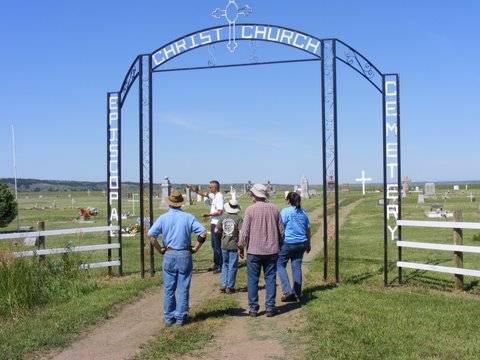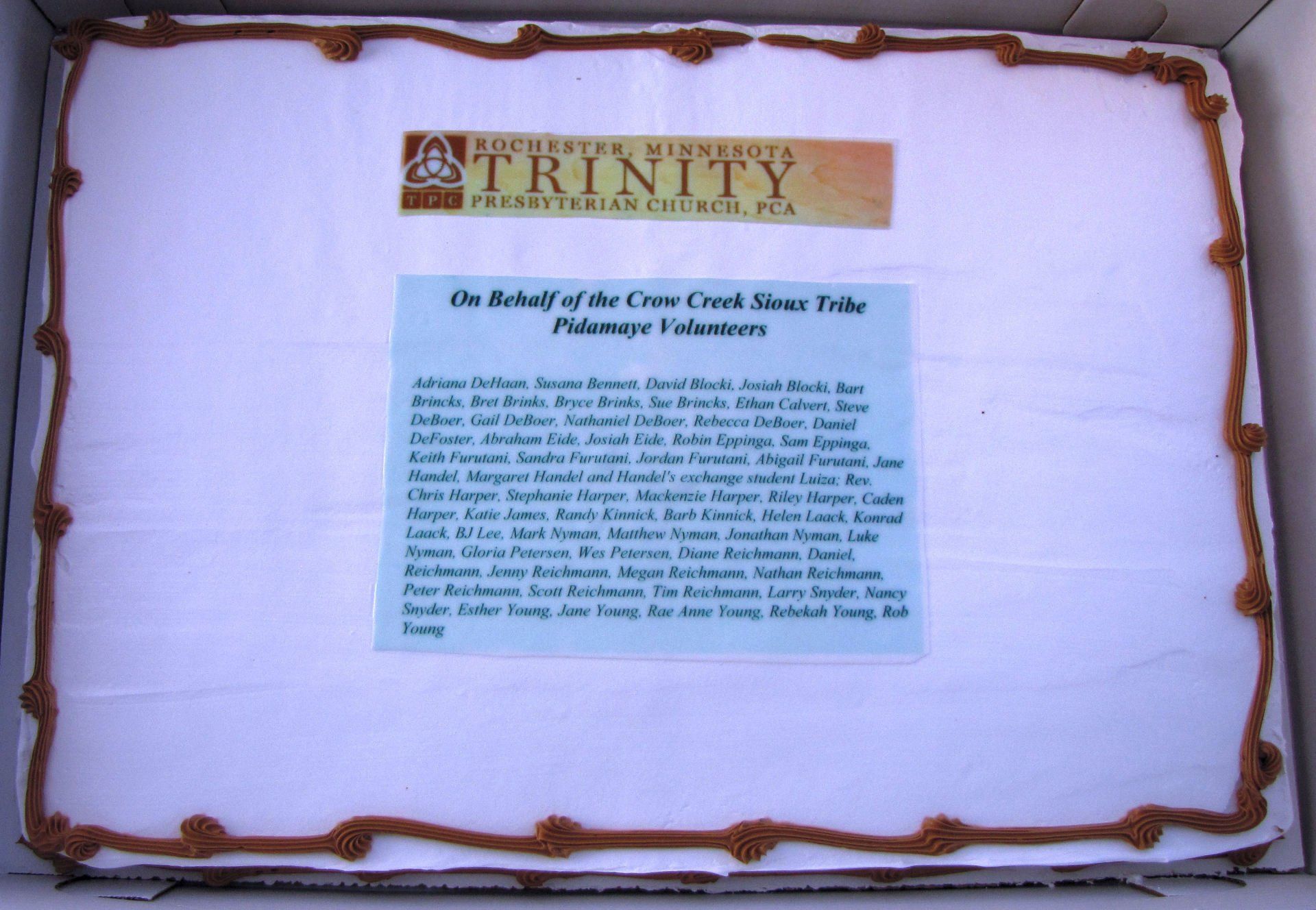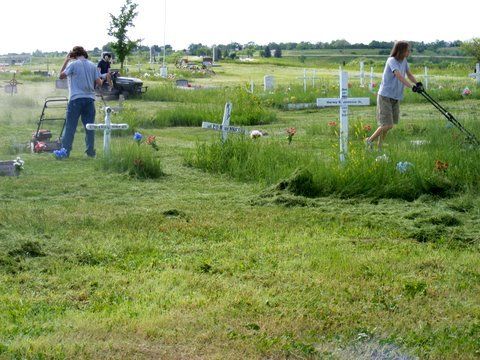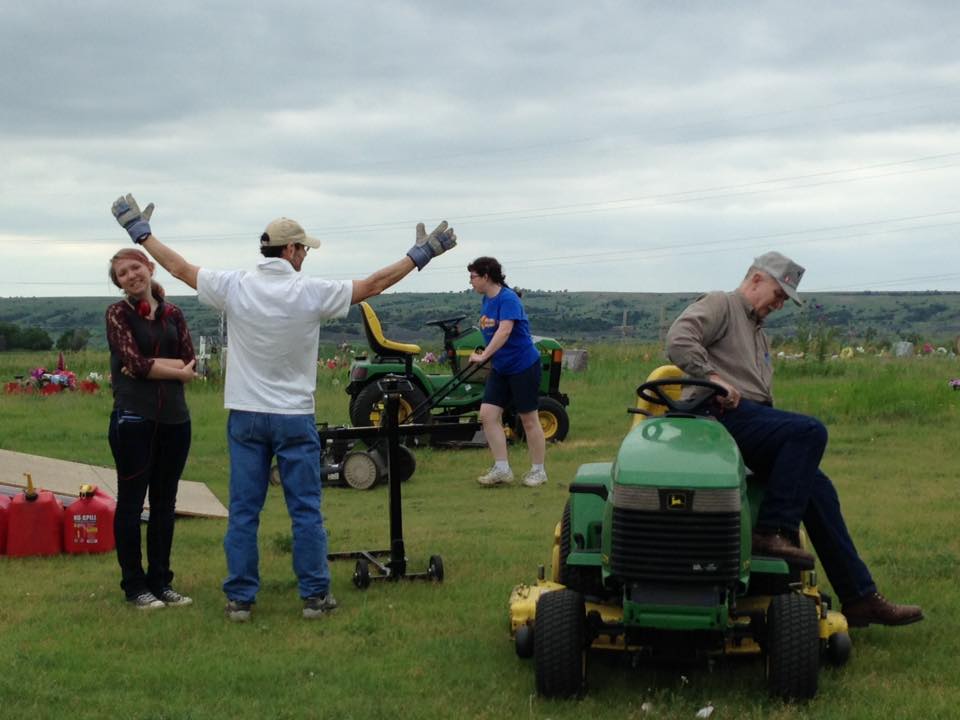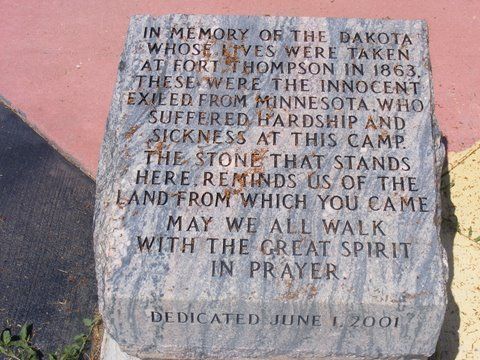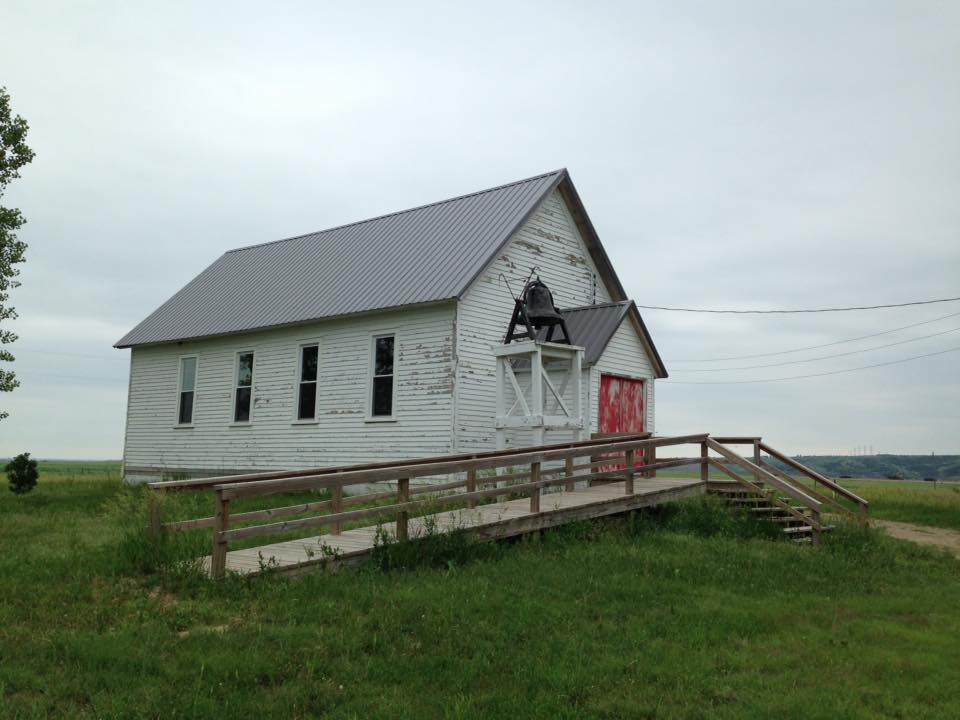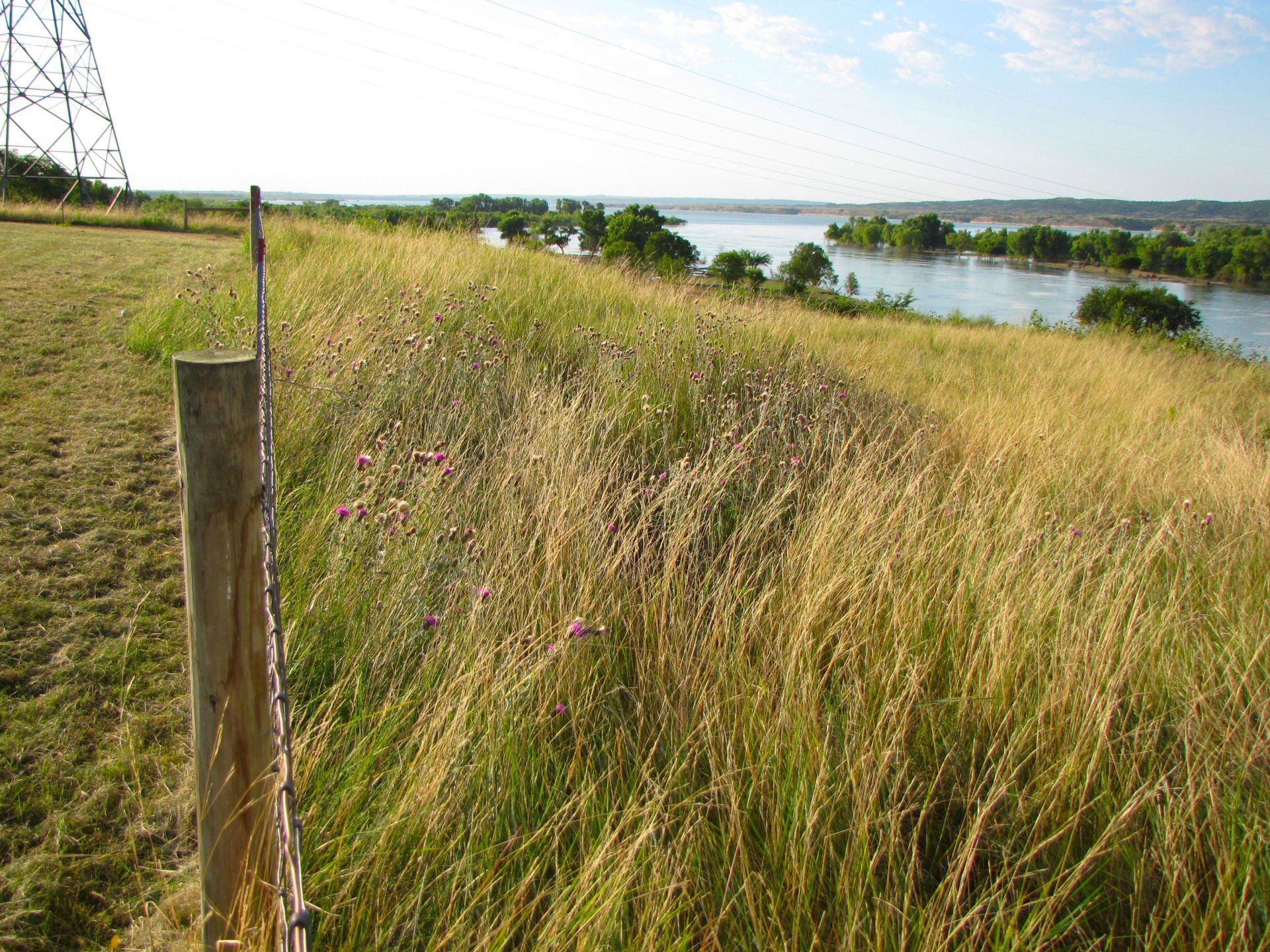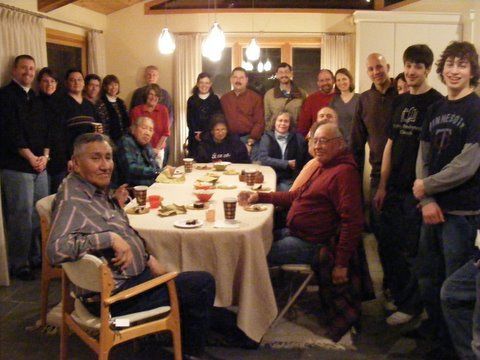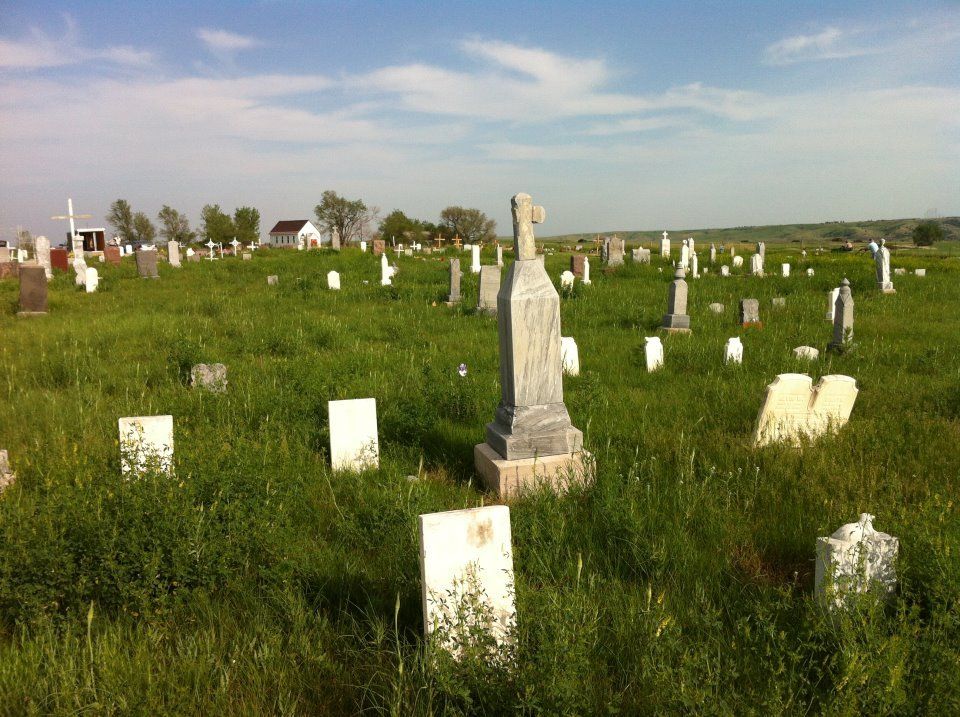Crow Creek
A long-term relationship of reconciliation, restoration, and redemption with the Dakota Sioux people.
ABOUT CROW CREEK
FAQS
General Information about the Reservation
Where is Crow Creek?
Who lives on the Crow Creek Reservation?
Why is unemployment so high on the Crow Creek Reservation?
Manufacturing? Customer Service Call Centers?
Why do the Dakota people stay on the Reservation?
How did Trinity get started in this ministry?
Why is Trinity doing the maintenance in tribal cemeteries?
Perhaps the question is why Trinity should keep doing this work year after year?
Why do you go to Crow Creek?
How does Trinity partner with the Crow Creek Tribal Council?
Are other churches or organizations involved in this ministry?
How can I contribute financially to this ministry?
The Trips
How often do the people of Trinity go out to Crow Creek?
How do you travel to CC?
How long does it take to get to the reservation?
Where do you stay when on the reservation?
What do you do about meals while there?
How are food costs handled?
What does a trip cost?
How many people usually go to Crow Creek and how many people could the ministry ideally use?
Types of work during the trips:
What to bring on the trip:
Weather:
Want to join us on a trip?
We'd love to have you come along! If you haven't yet attended (a required) orientation session, watch for those dates to be announced. You must attend a session in order to go on a trip.
Click here for forms you'll need to go on a trip. You will need the Crow Creek password—Email the TPC office for more info or if you have questions: office@trinityrochester.org
2025 Crow Creek Trip Dates
After a season apart, we are ready to return to Crow Creek! As a ministry of TPC, we acknowledge we cannot do this ourselves, so we want to invite and inform you of the opportunities to support from home and for those who come out to Fort Thompson, S.D.
- May 15-18
- June 19-22
- July 17-20
- August 14-17 (Powwow trip)
- October 16-19
- December 19-21 (Christmas trip)
Current Needs:
- meal contributions and/or a meal planning coordinator.
- a vehicle to tow the trailer with our mowing equipment for service tune-ups and out to Crow Creek.
Contact Daniel DeFoster for more details:
defoster@alumni.iastate.edu or 507-358-0293
NEW OPPORTUNITIES FOR CROW CREEK--CAN YOU HELP?
Over the more than a decade that Trinity has been partnering with our friends in Crow Creek, many of our trips have focused on cemetery maintenance—mowing, trimming, and monument restoration. Throughout that time however, we have continued to discuss with residents there some of their community’s critical needs, including more employment opportunities.
In the past two years, one of the men in Fort Thompson has been working with us, leading a staff of youth to begin doing more of the cemetery maintenance locally. This could be a possible business that would provide longer term jobs, training, and encouragement for the many young people who can easily be discouraged by so little opportunity on the reservation.
Where does this fit with Trinity, perhaps with you?
Maybe you haven’t gone on a Crow Creek trip because the current cemetery work isn’t something you are able to do, but if you have experience/interest/skills in any of the following areas, you could become a valuable part of our ministry:
• Small business ownership/leadership/establishment
• Construction project leadership
• Construction work skills
If any of these describe your interests and/or gifts, please contact Crow Creek Committee Chair Daniel DeFoster: defoster@alumni.iastate.edu or 507-358-0293.
WHAT TO EXPECT ON A TRIP
Recommended Resources: Books and More
Books
Bridges of Reconciliation: It's All About Grace
Over the Earth I Come: The Great Sioux Uprising of 1862
Through Dakota Eyes: Narrative Accounts of the
The Dakota Uprising - A Pictorial History
Dakota Uprising Victims: Gravestones & Stories
North Country: The Making of Minnesota
Lincoln and the Indians: Civil War Policy and Politics
The Long Death: The Last Days of the Plains Indians
The Dakota War: The United States Army
Birch Coulie: The Epic Battle of the Dakota War
Spirit Car: Journey to a Dakota Past
Beloved Child: A Dakota Way of Life
Dakota Women's Work: Creativity, Culture and Exile
A Thrilling Narrative of Indian Captivity: Dispatches From the Dakota War

